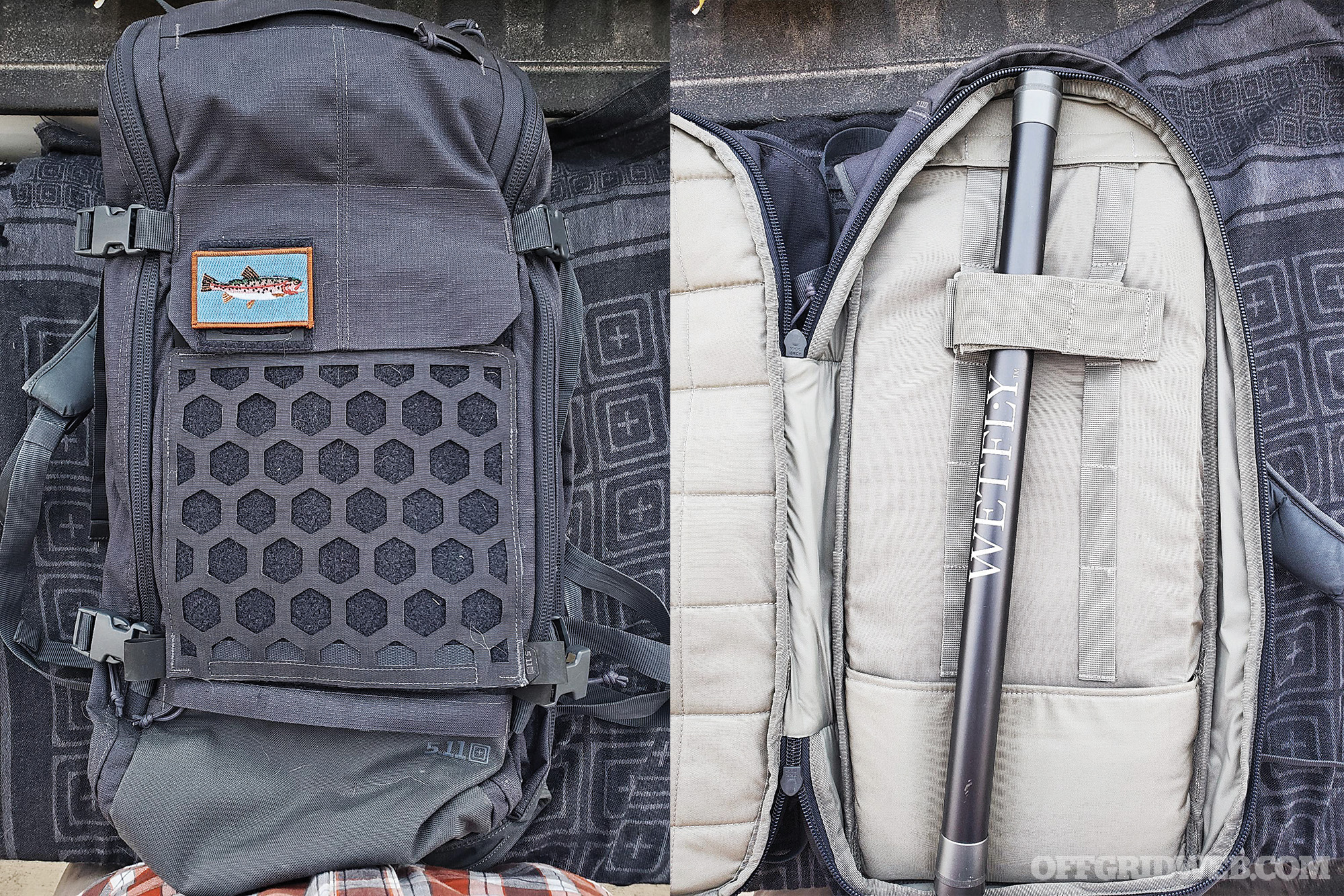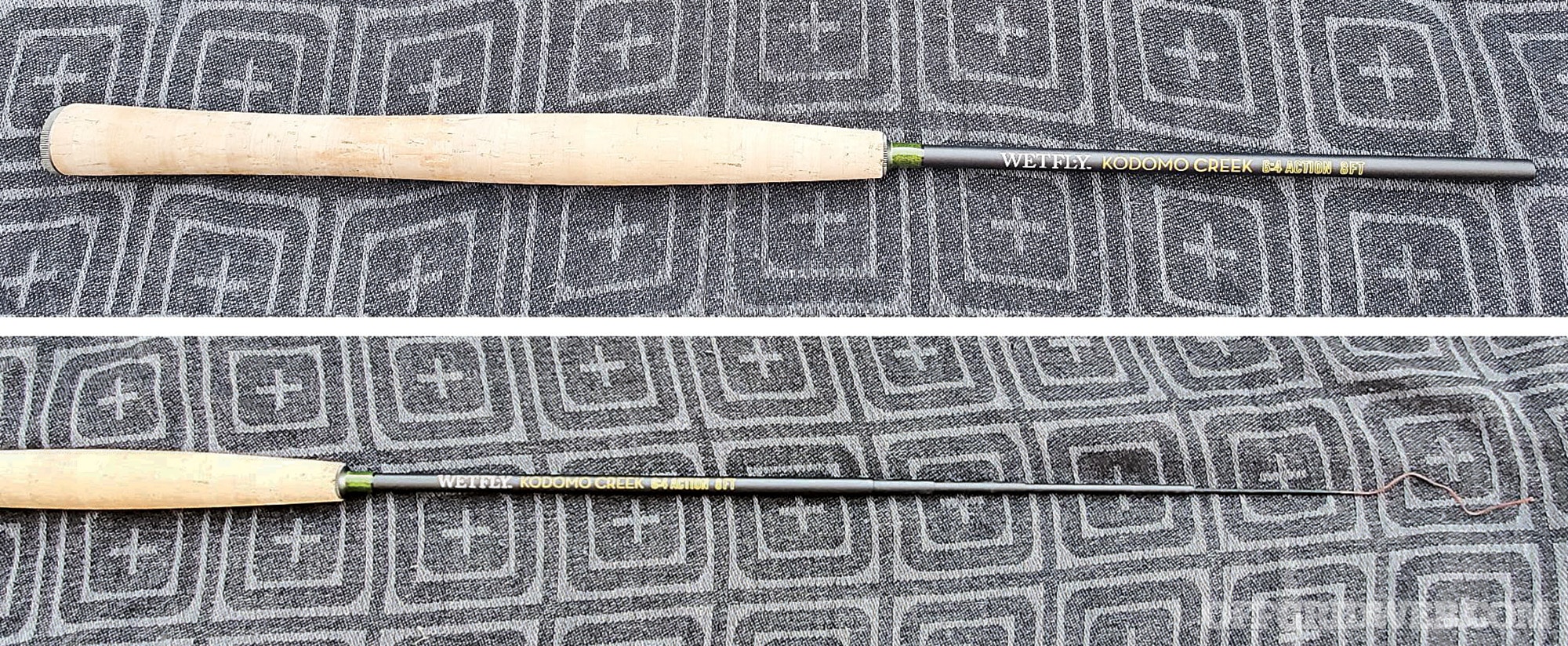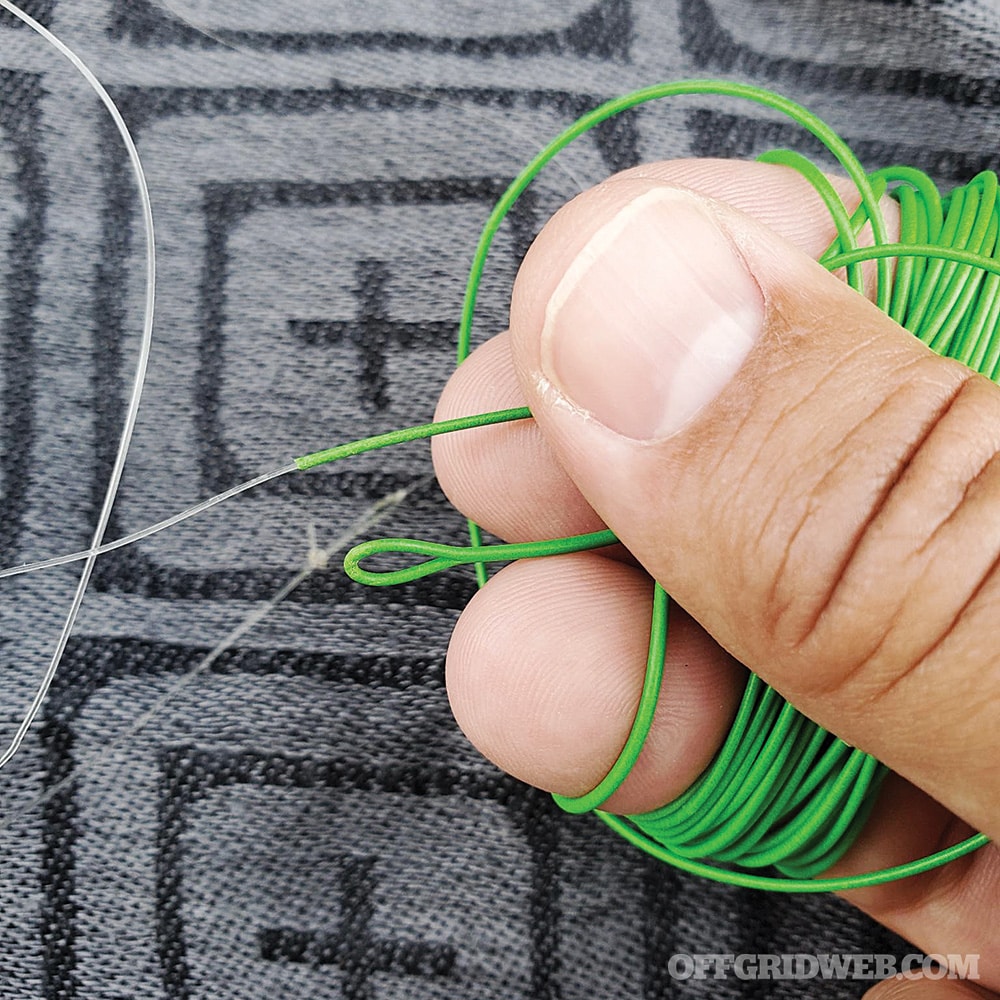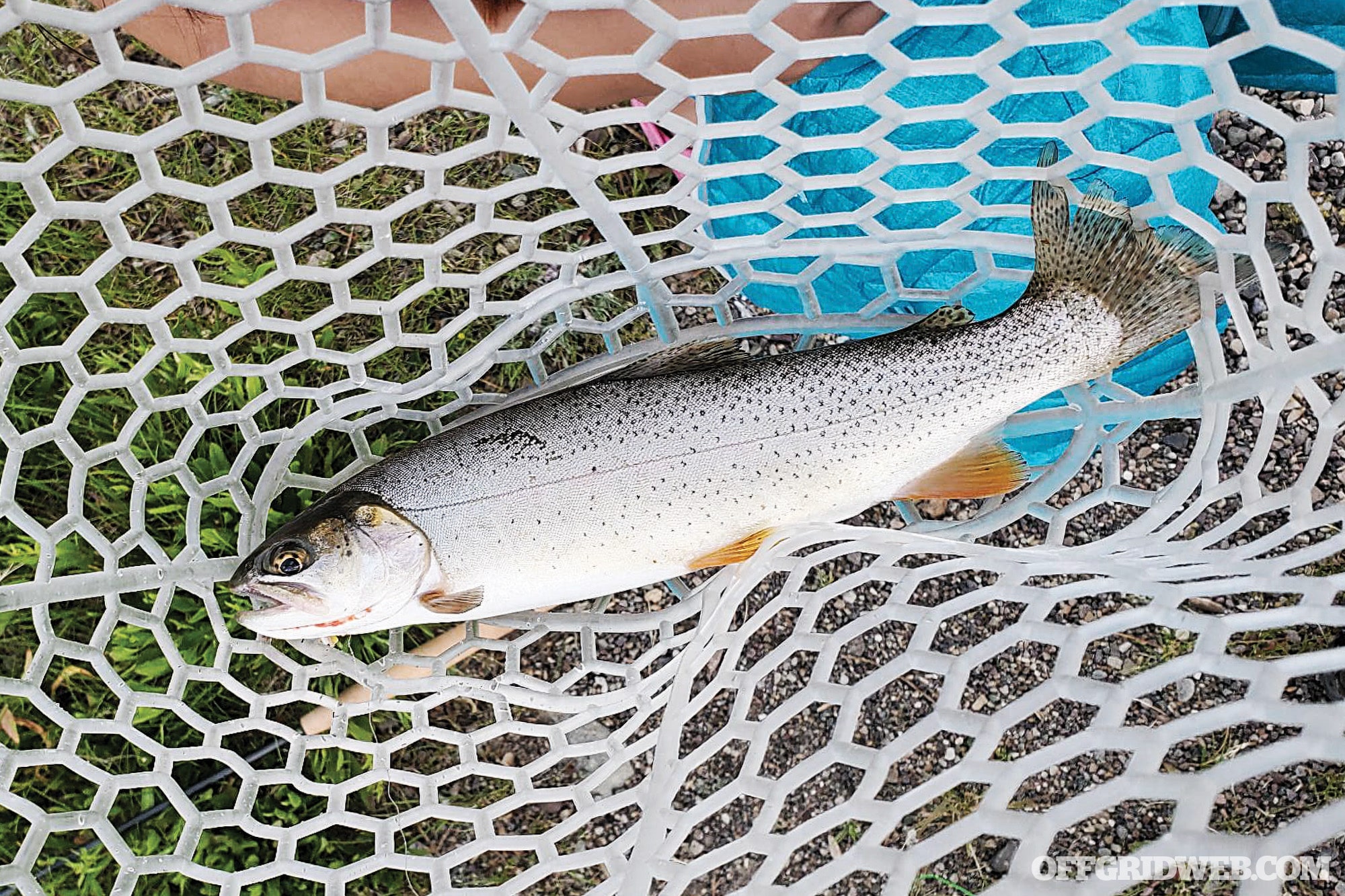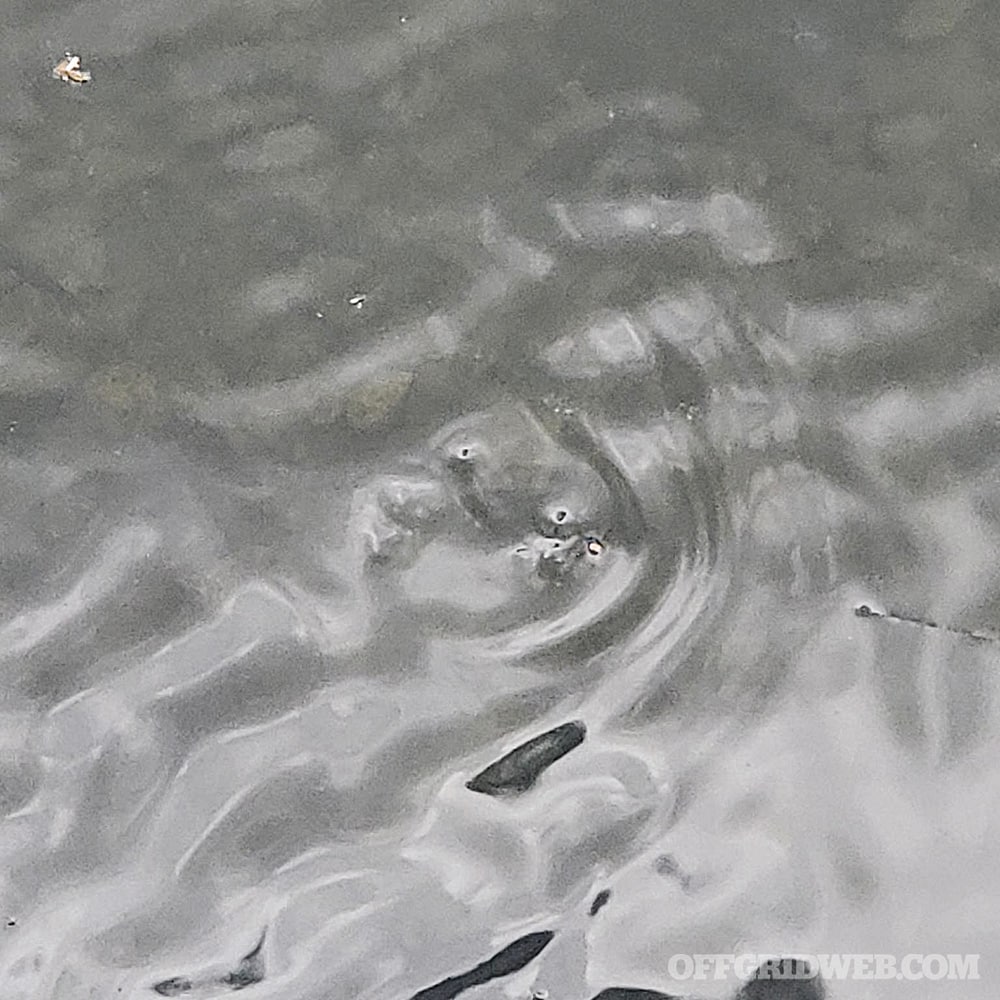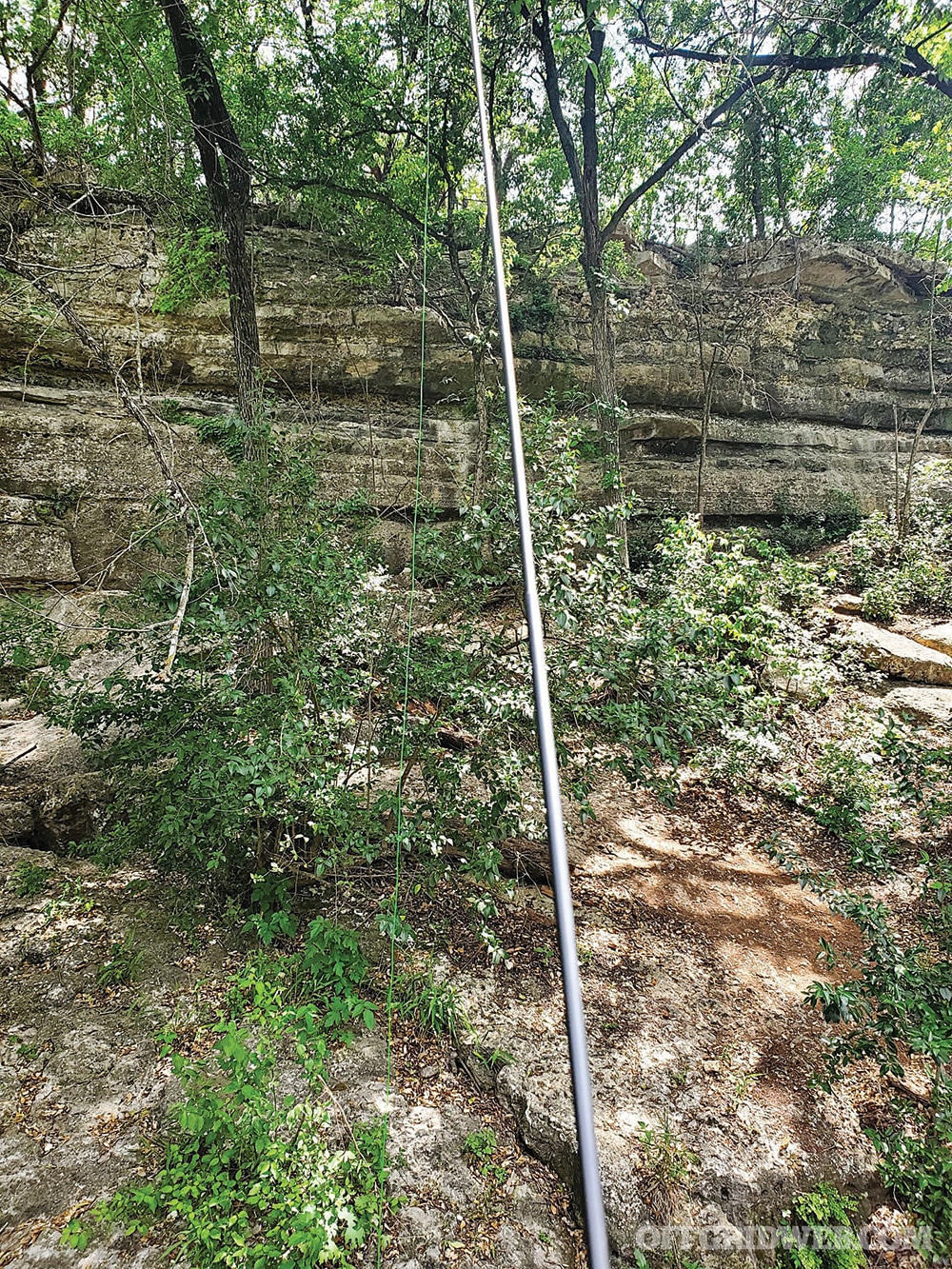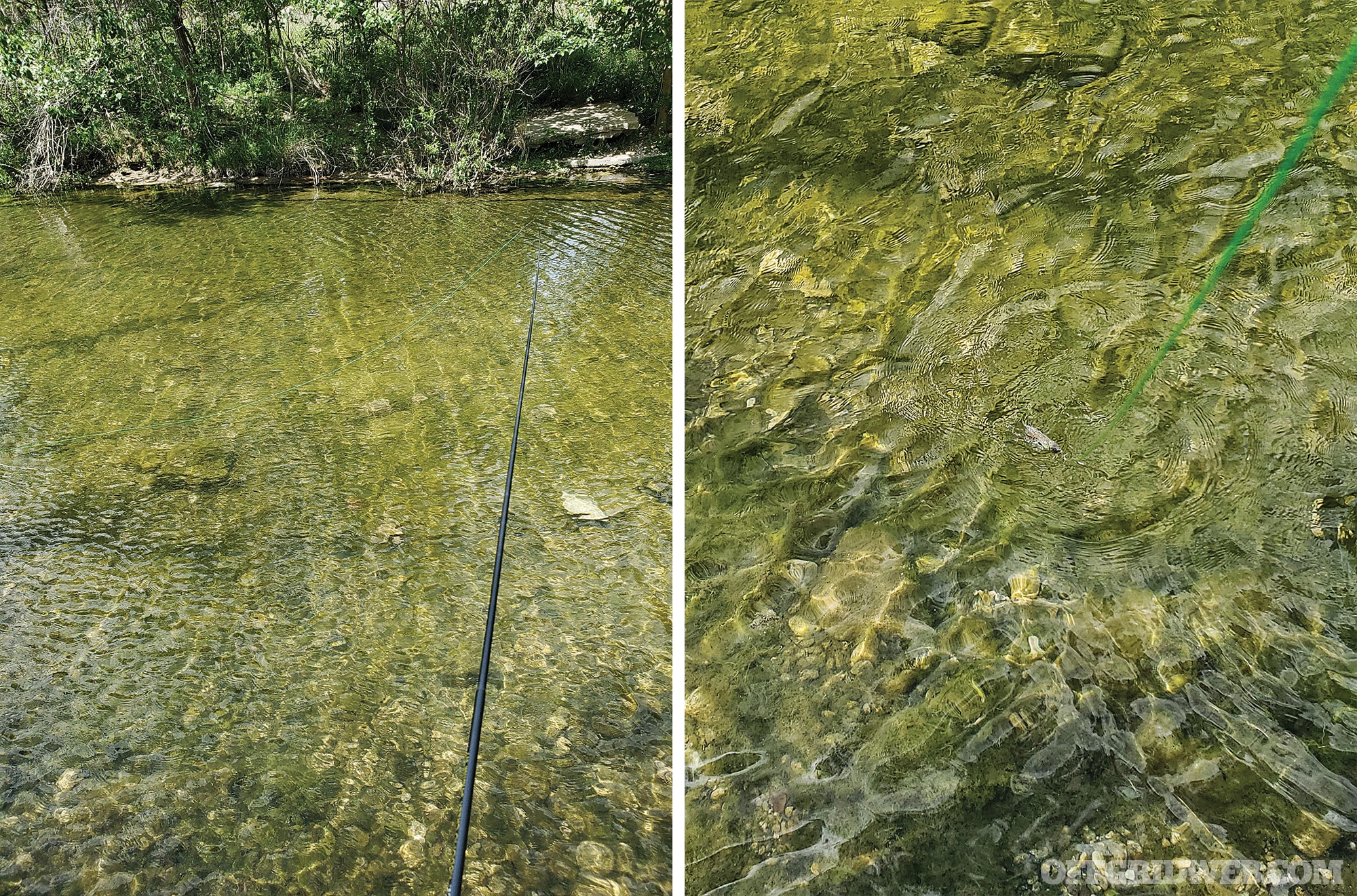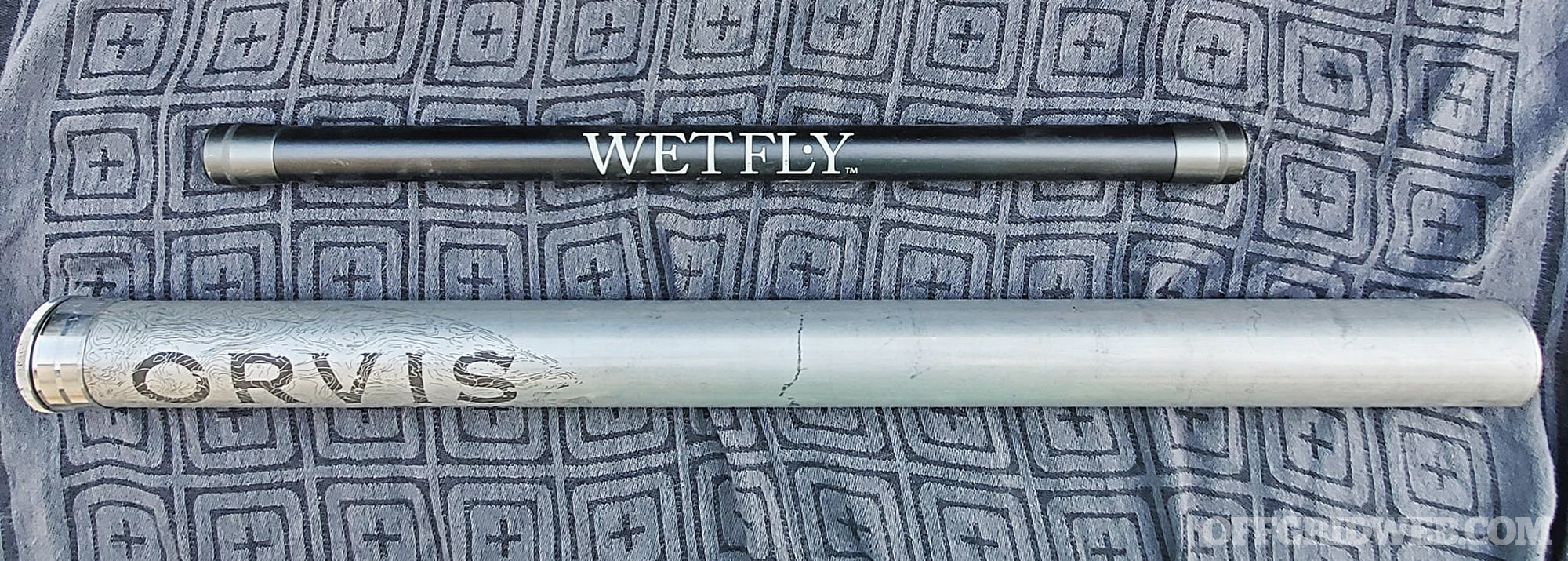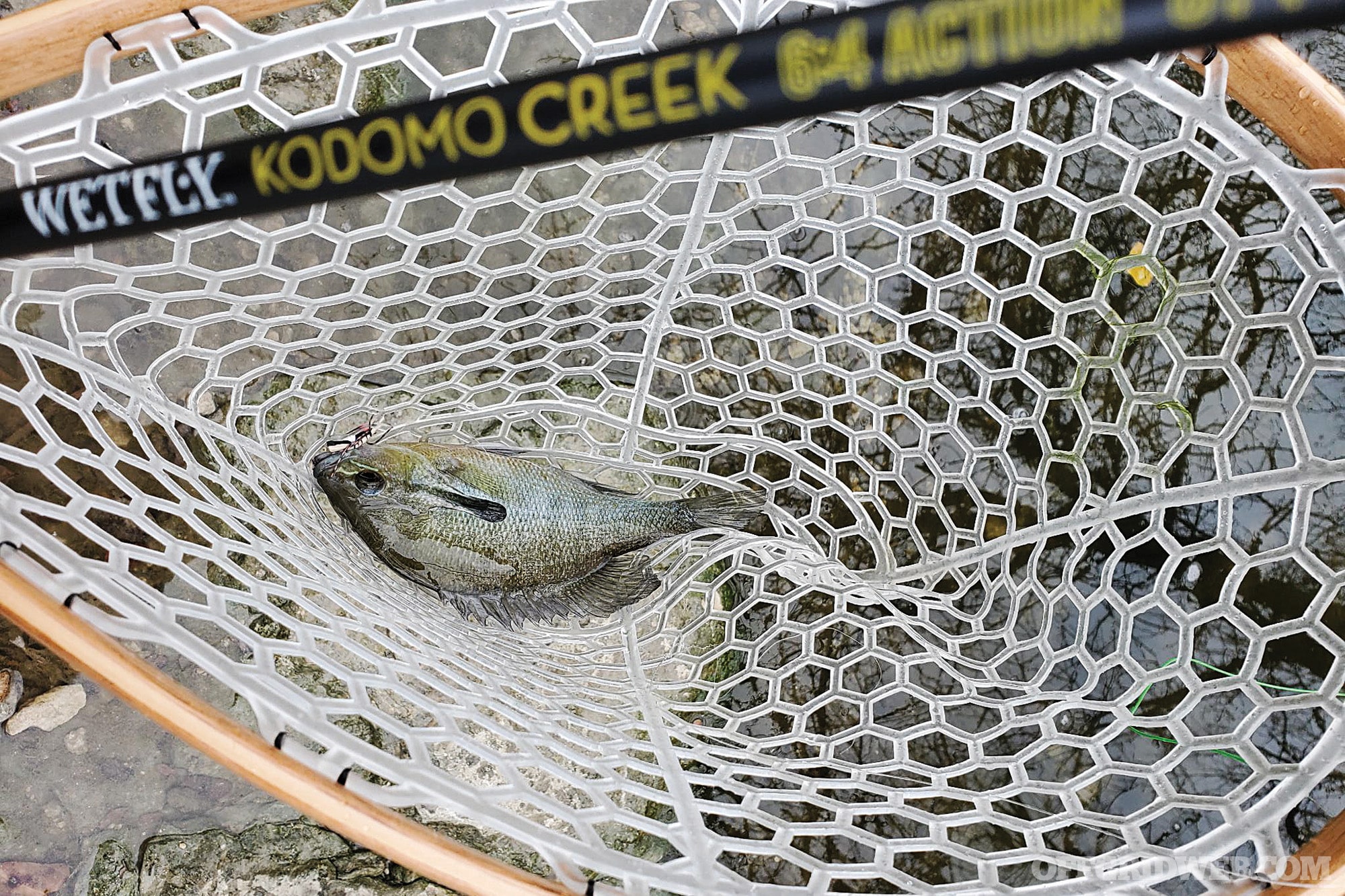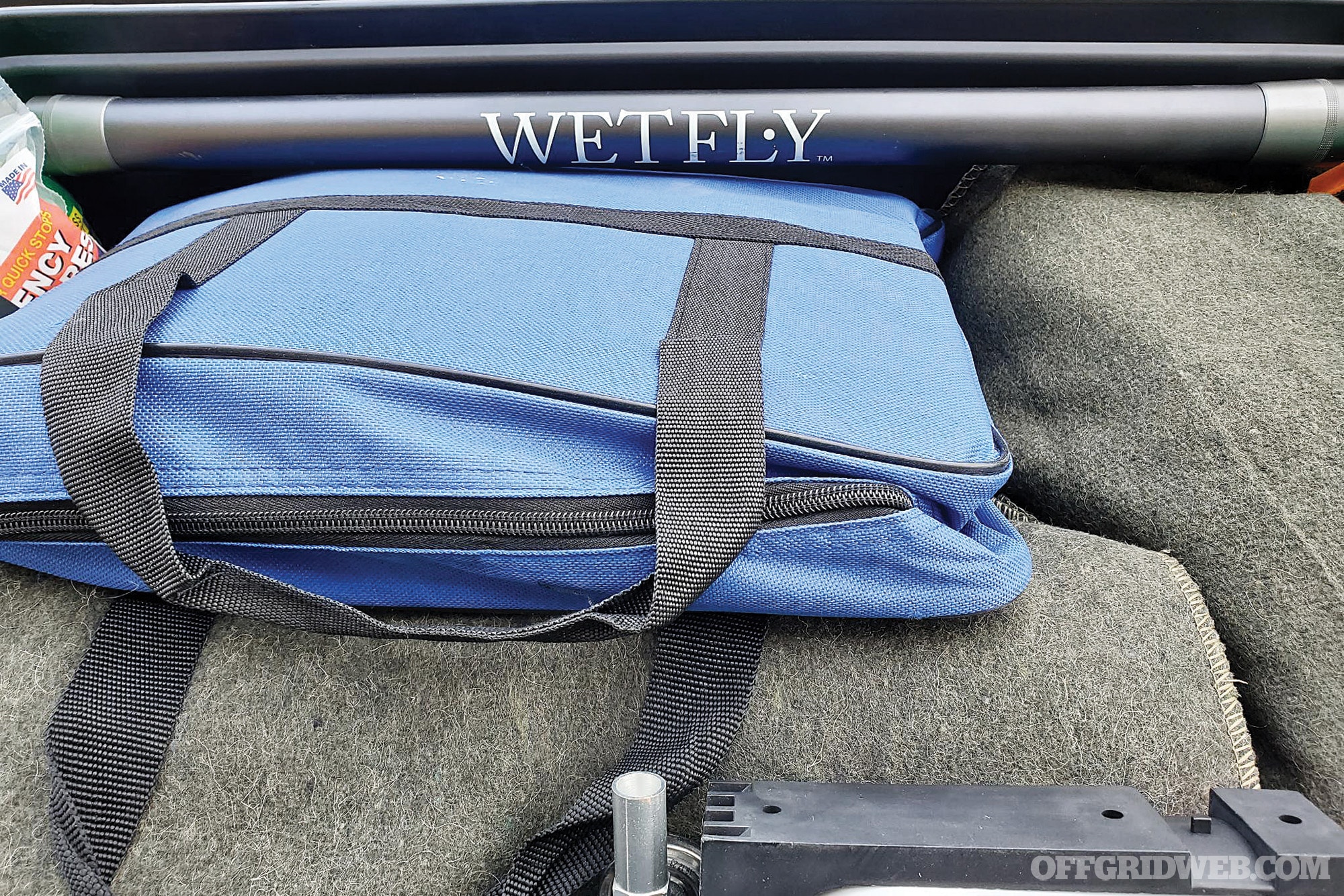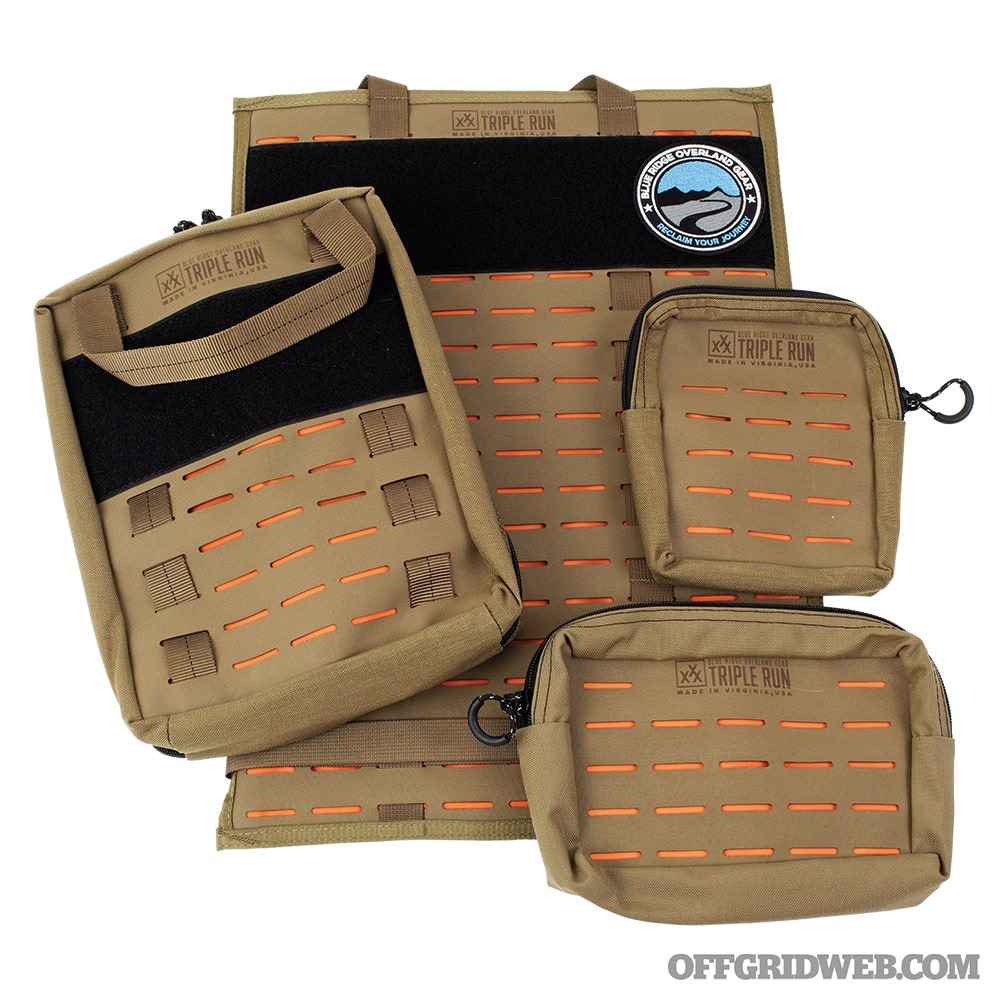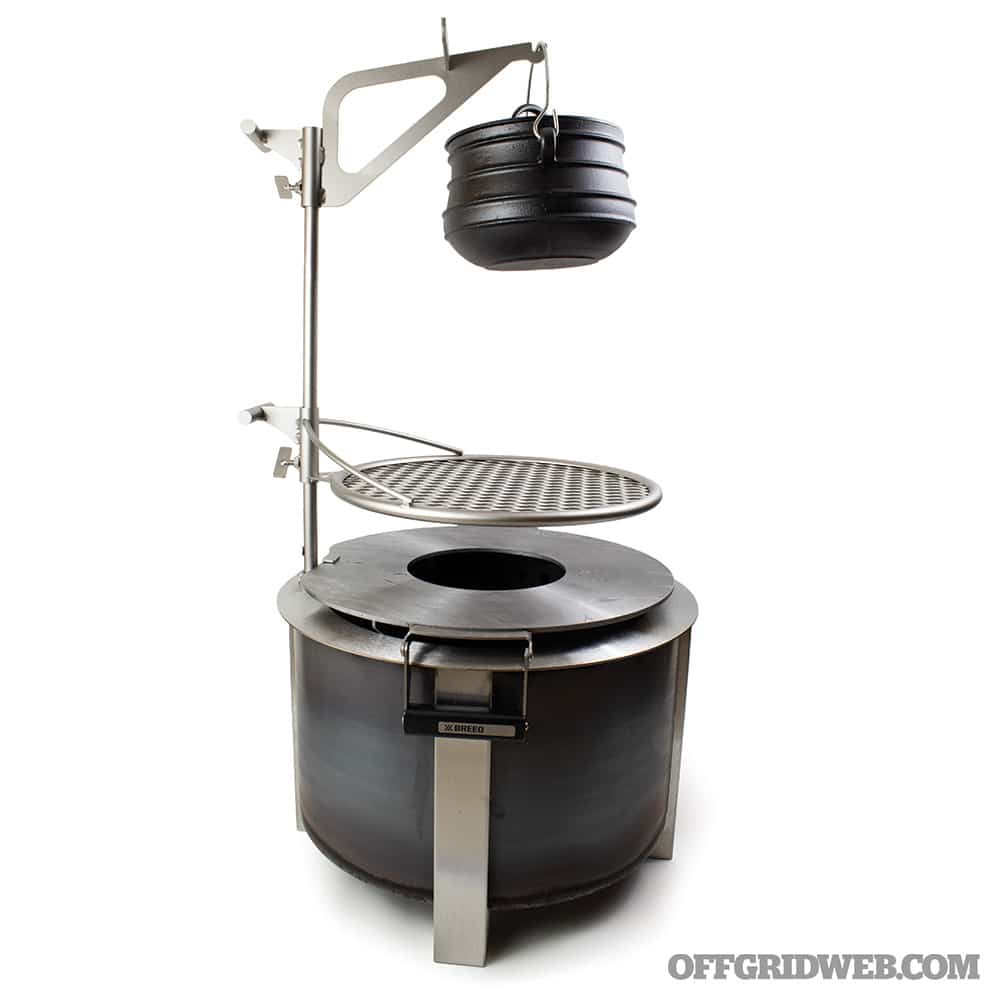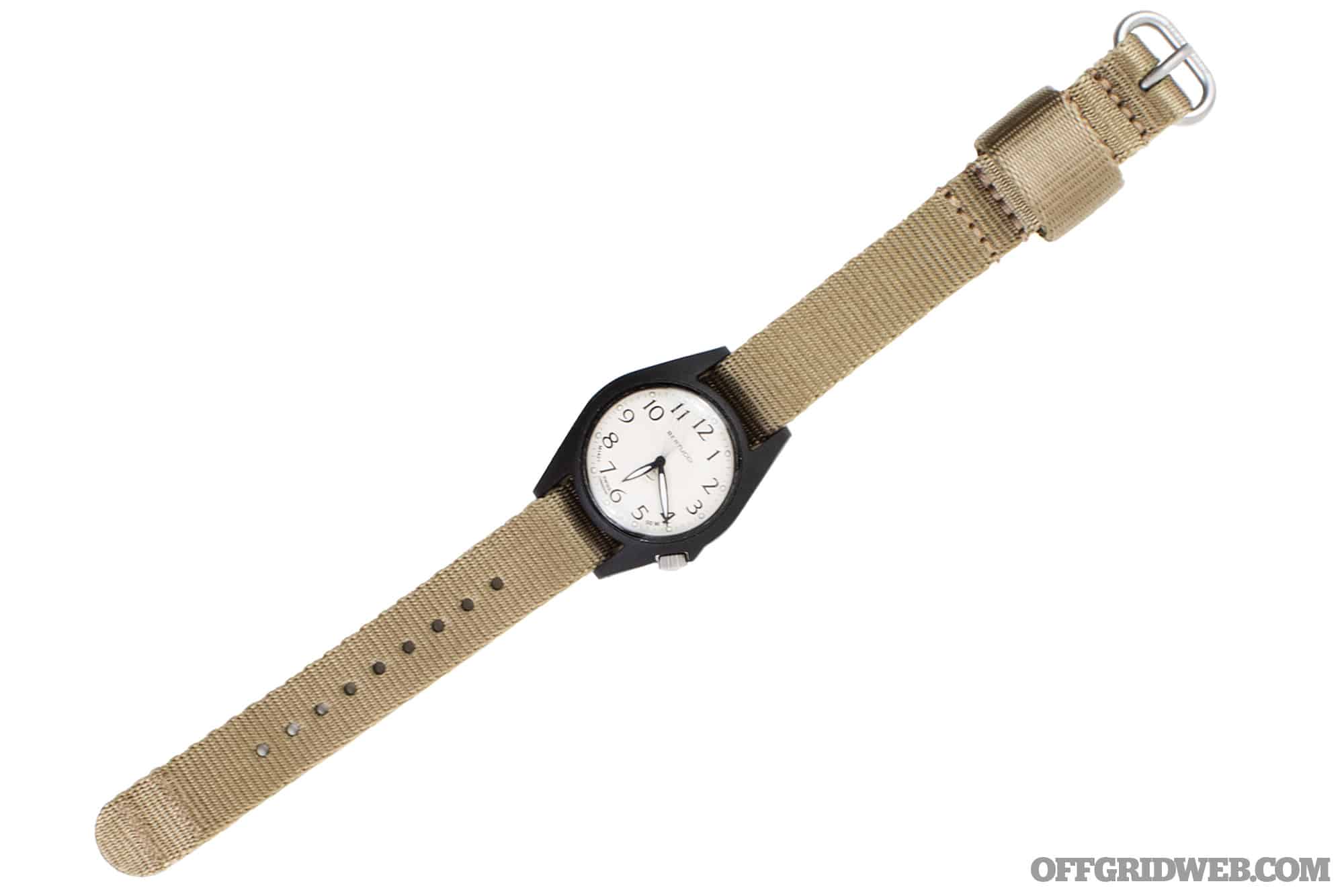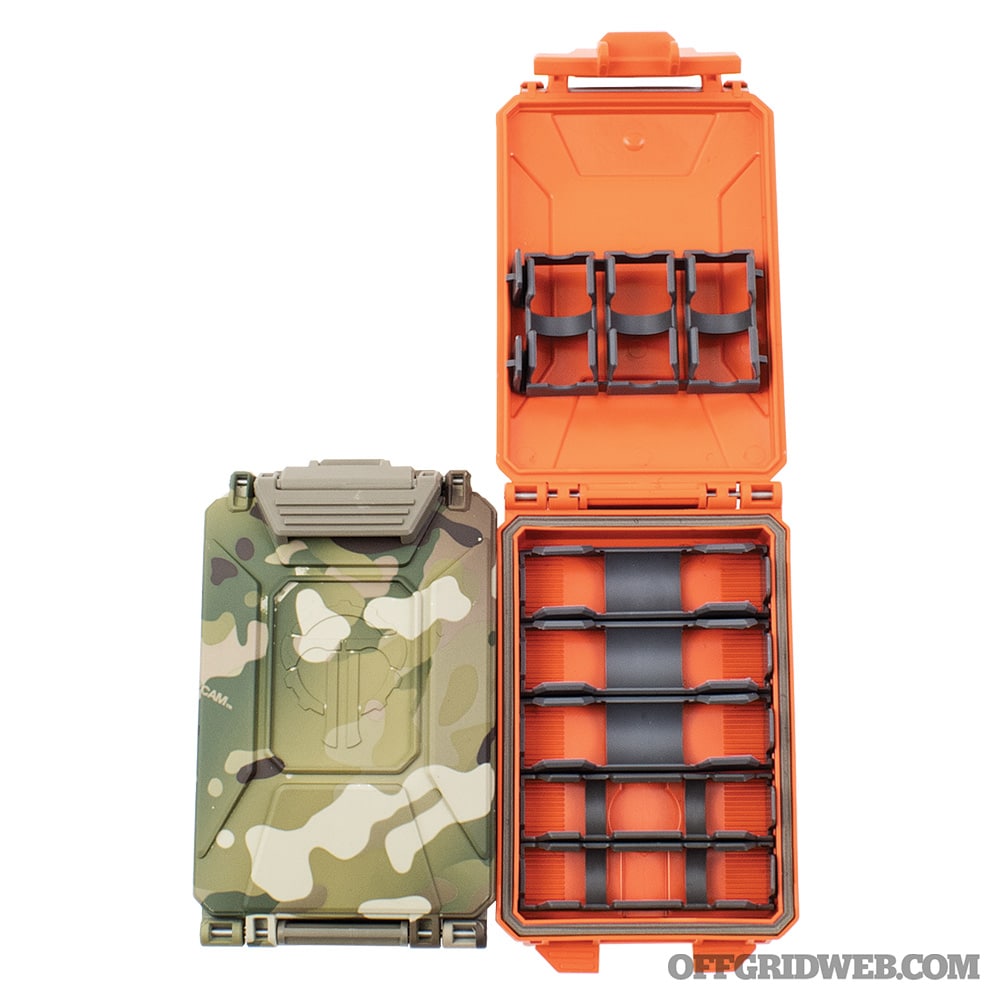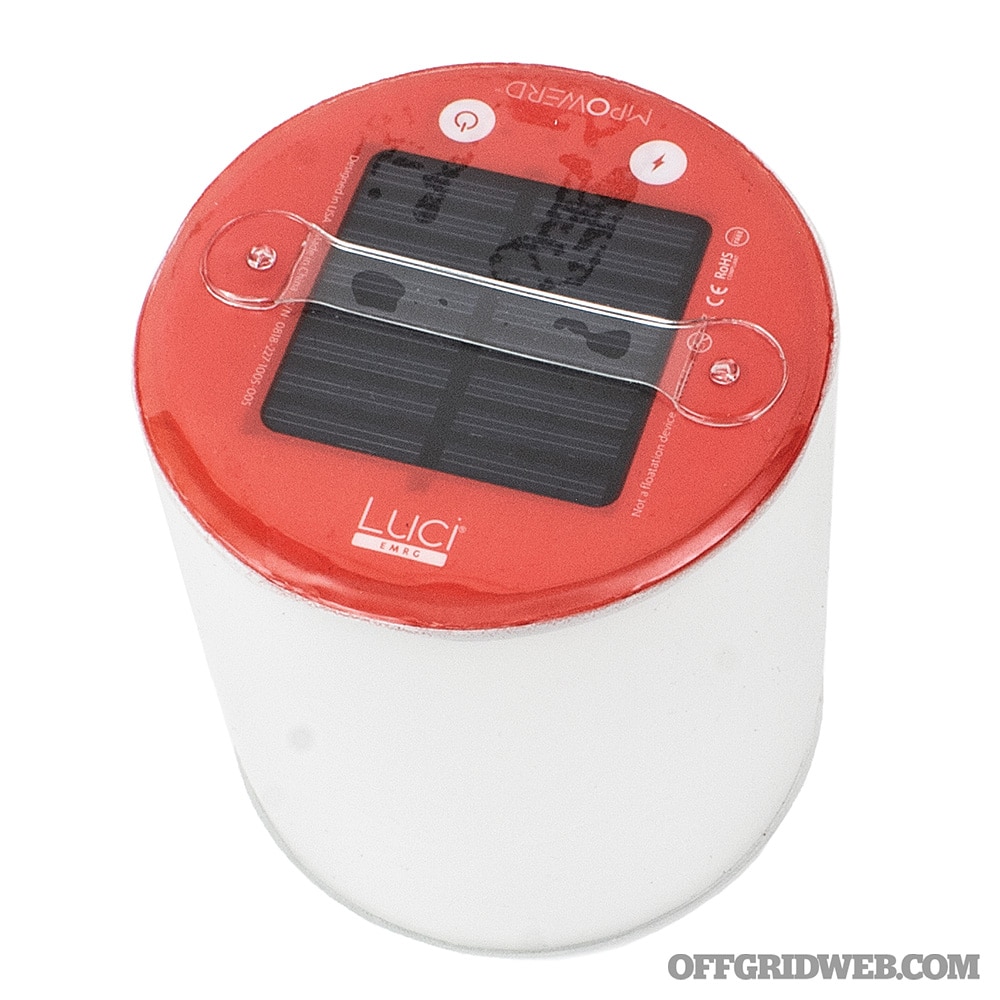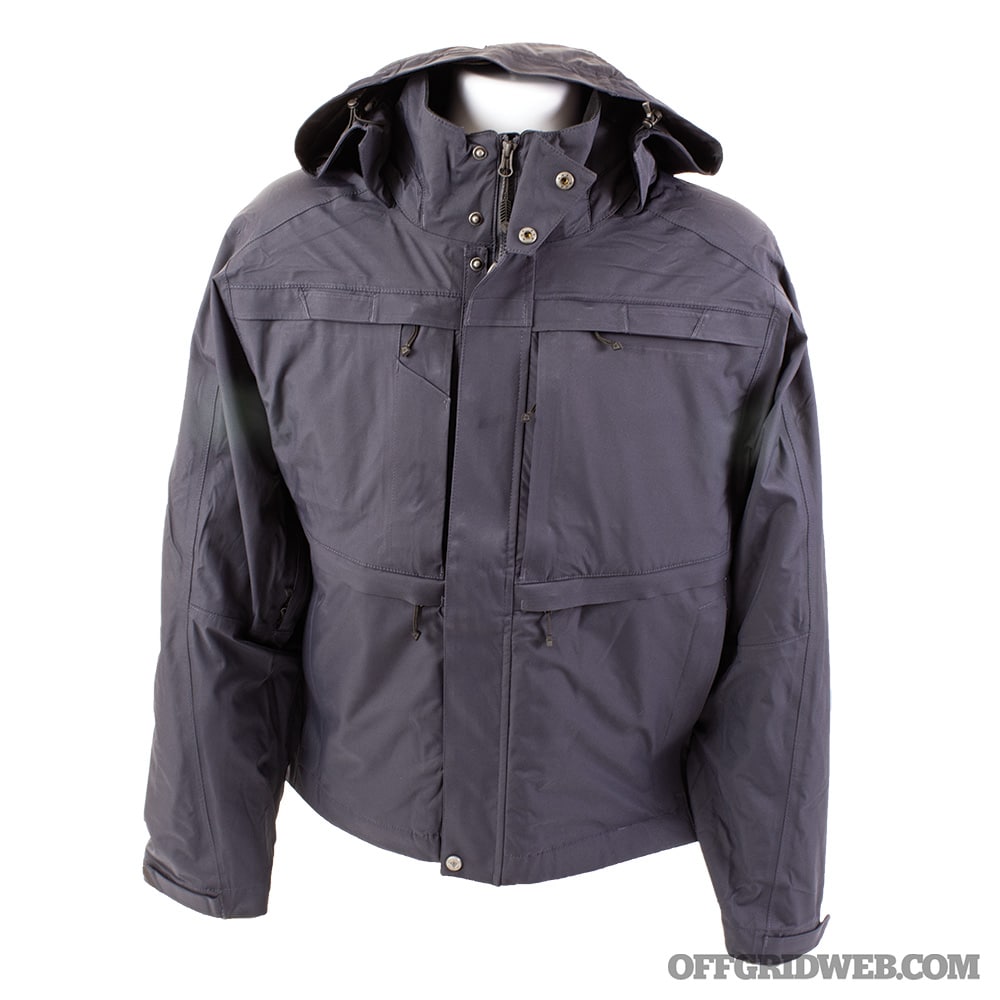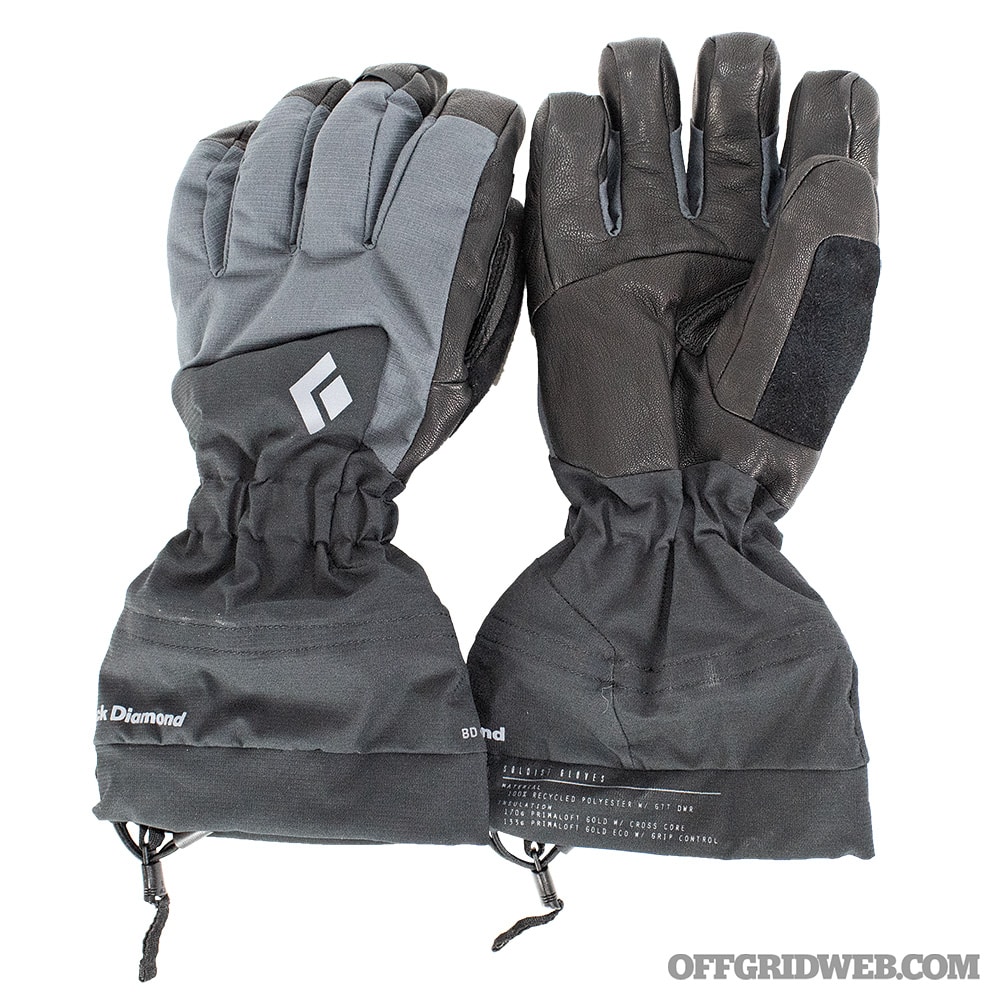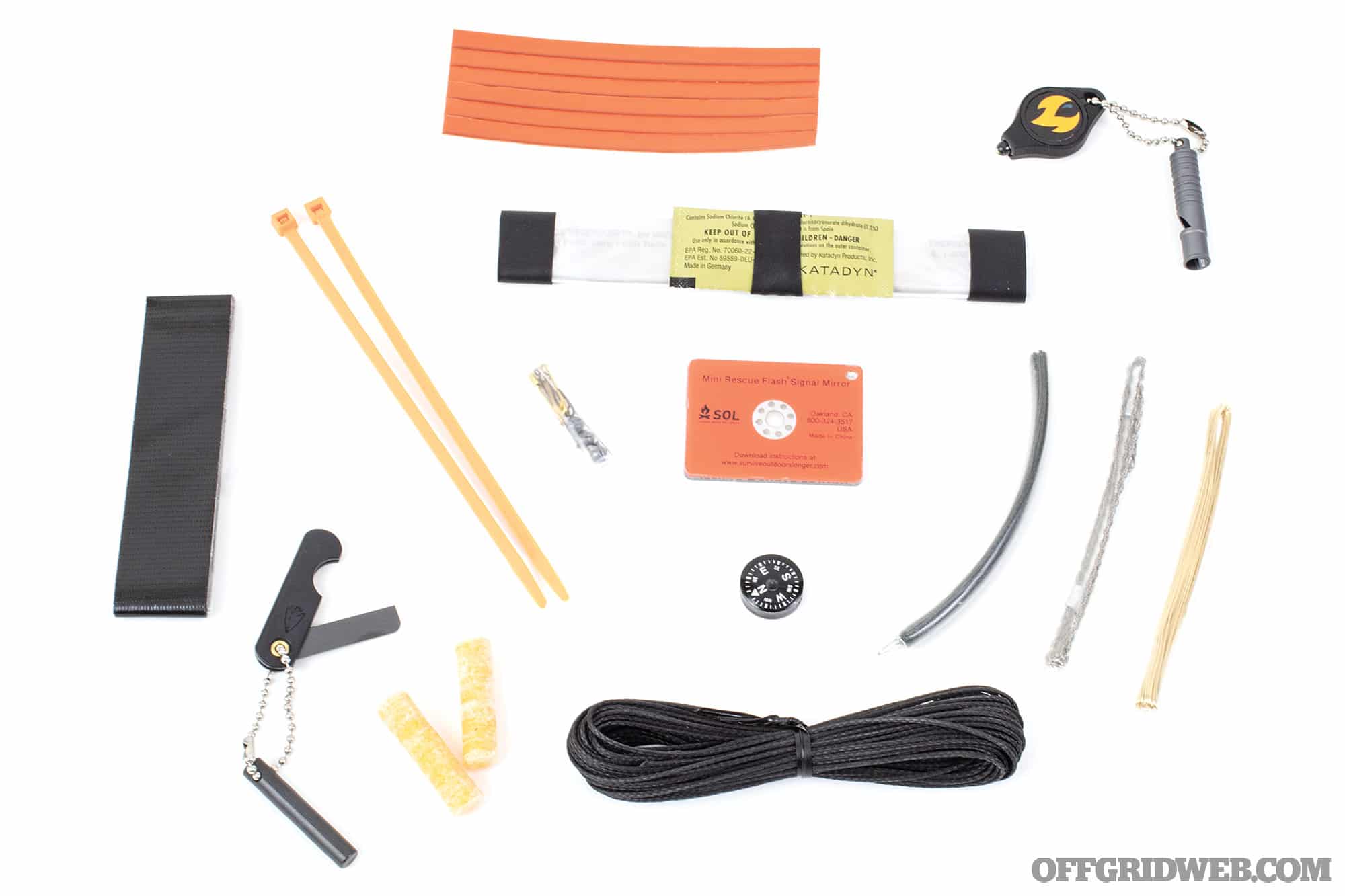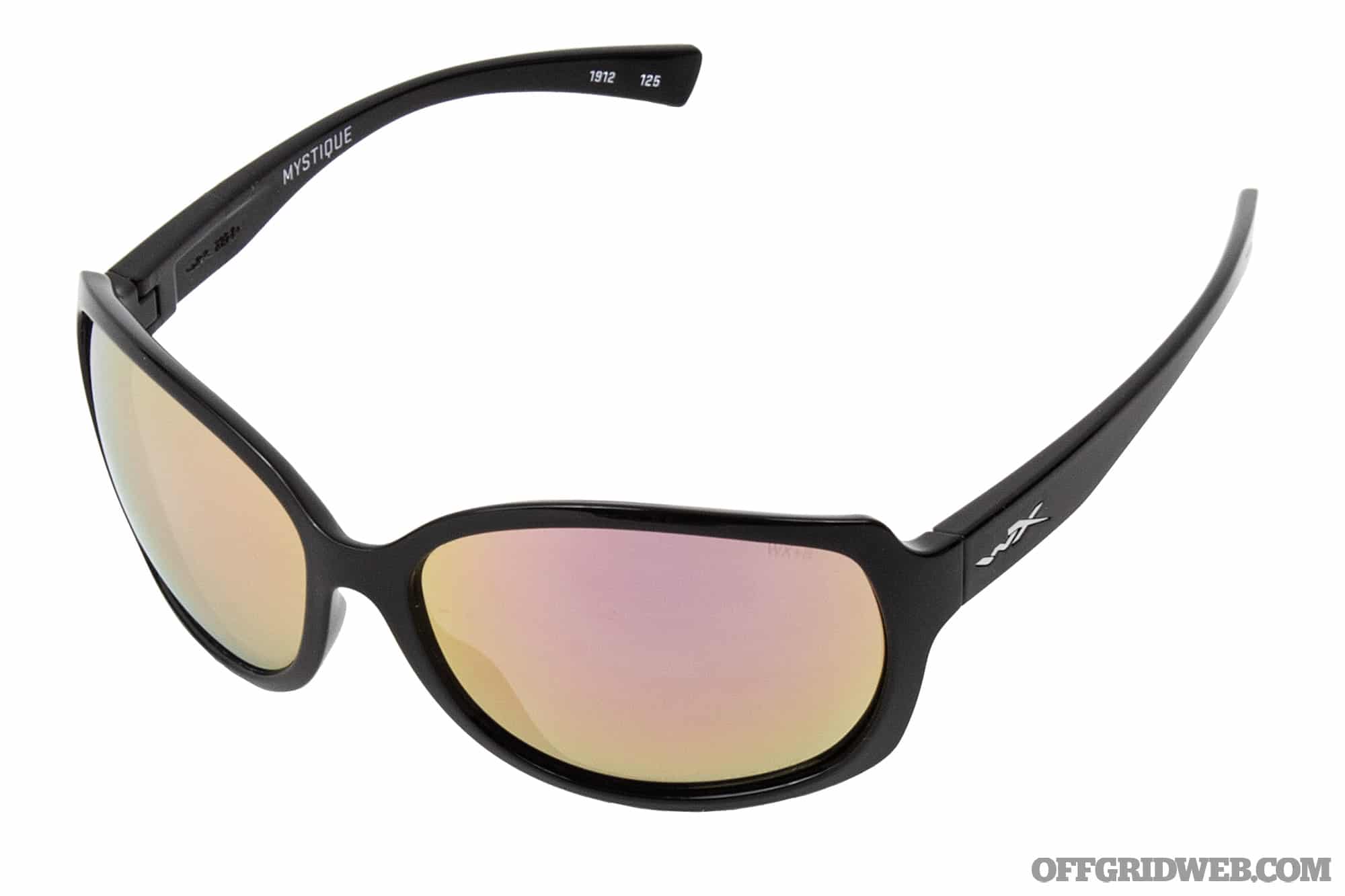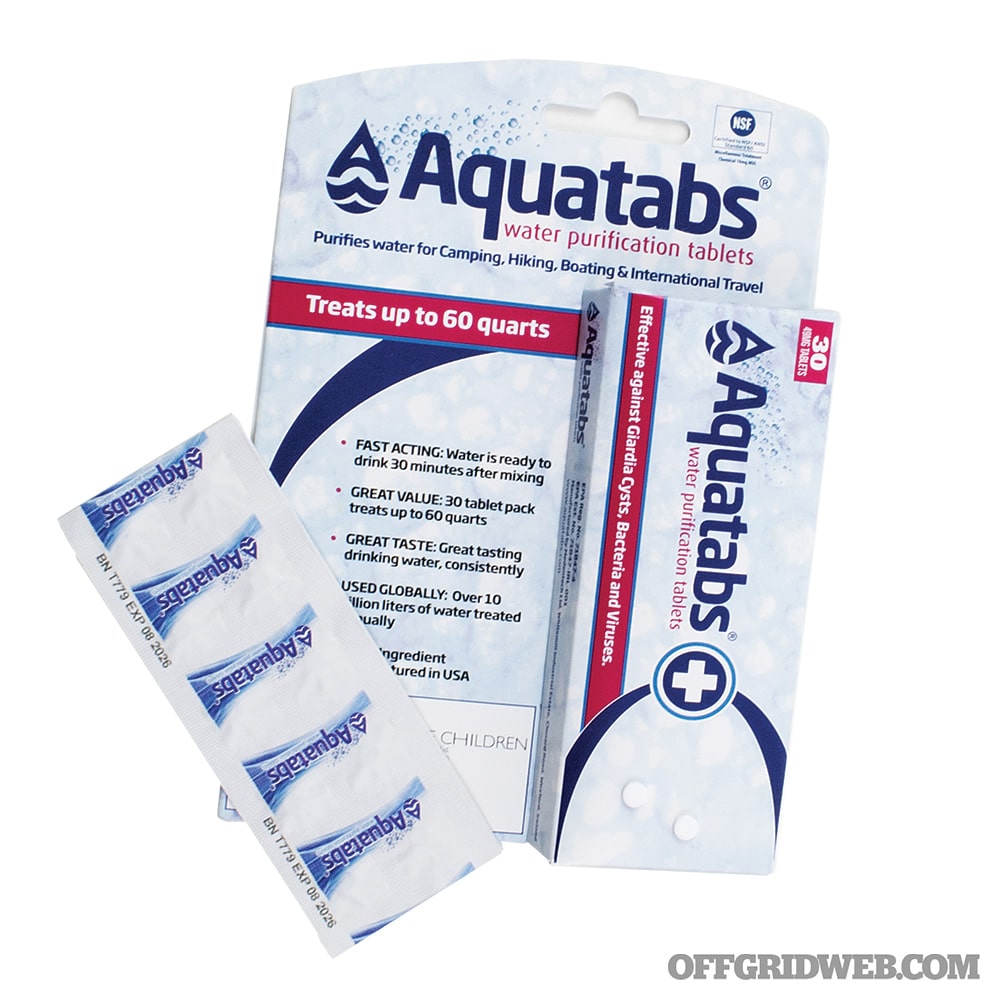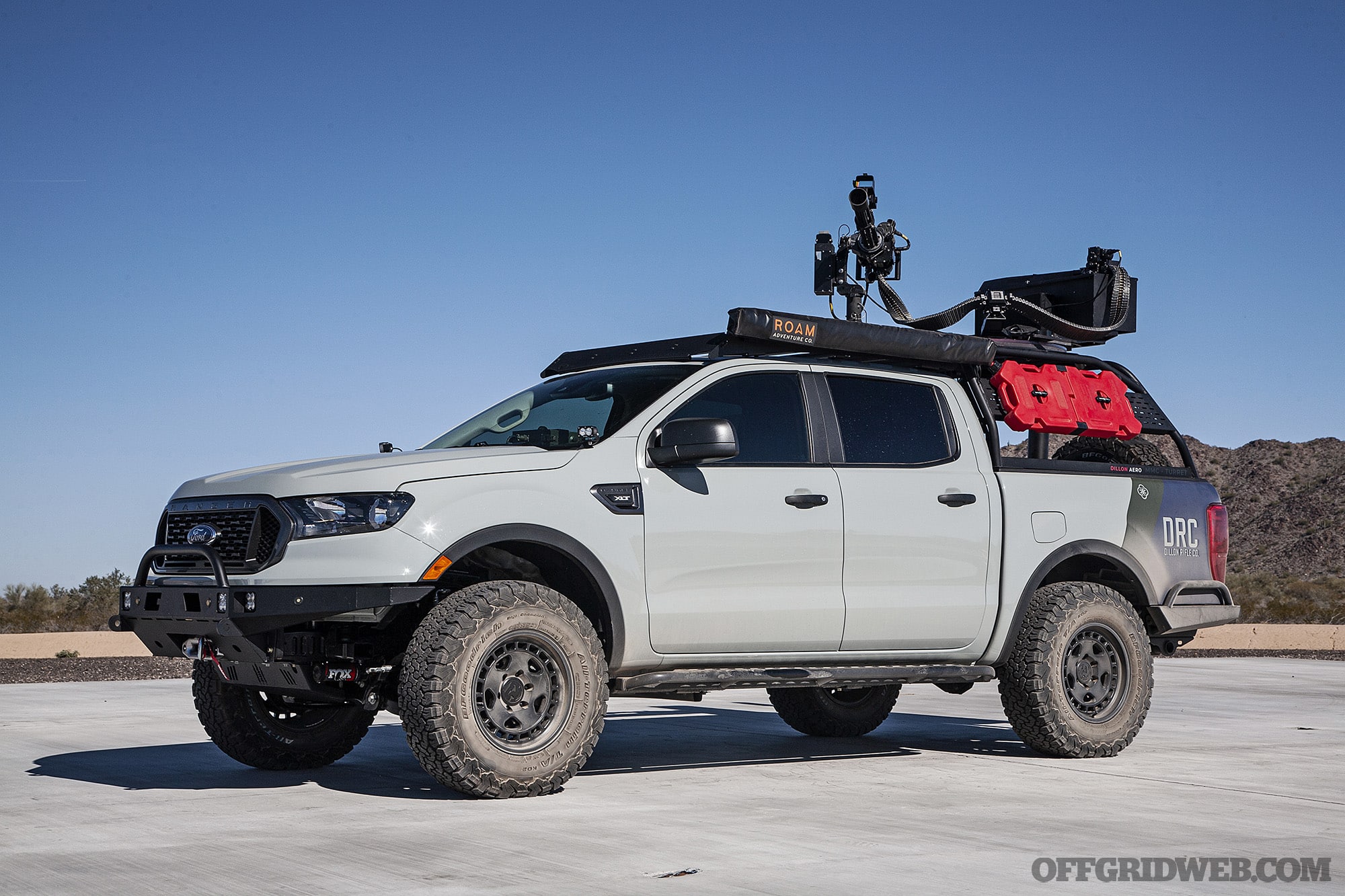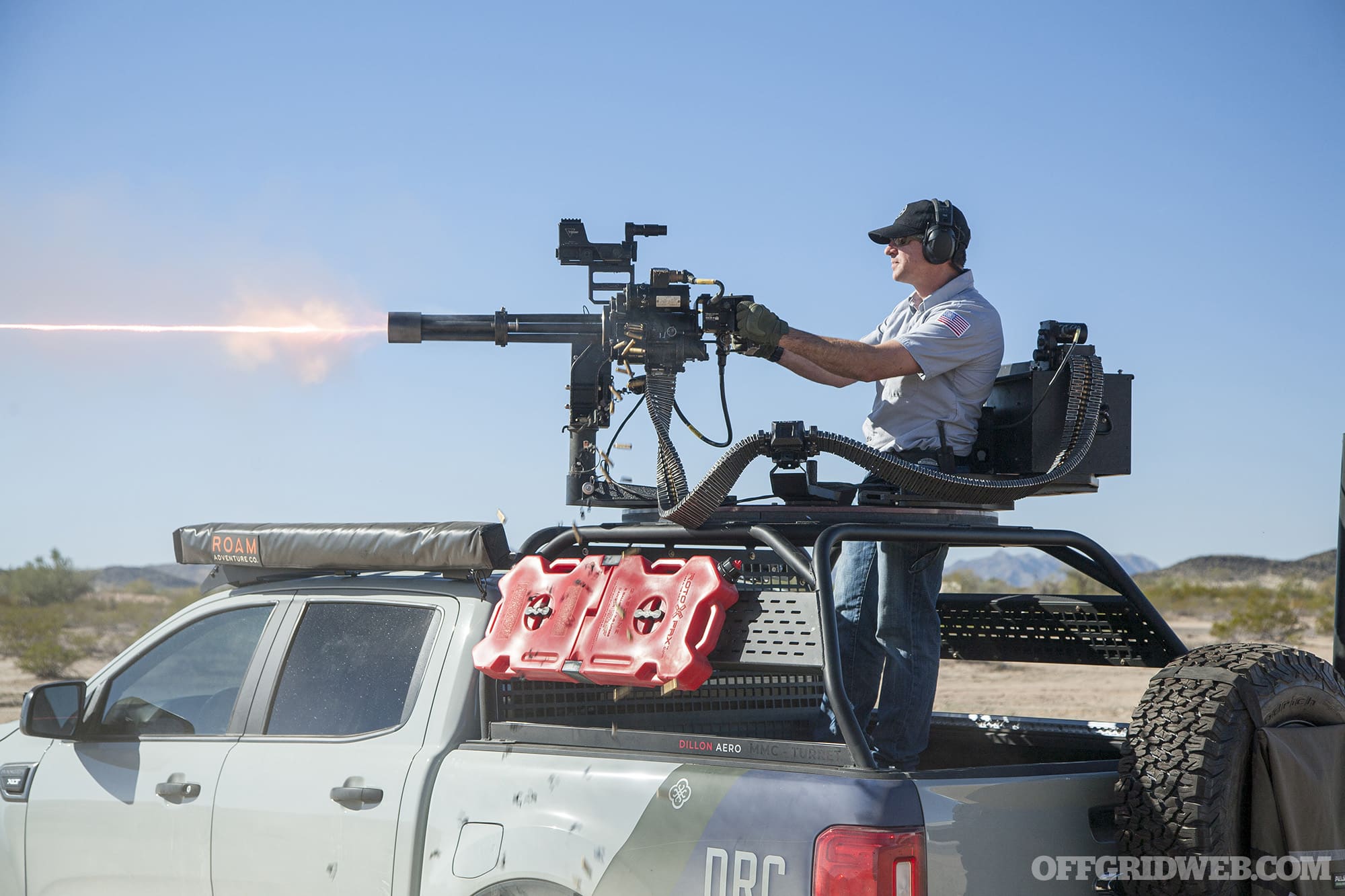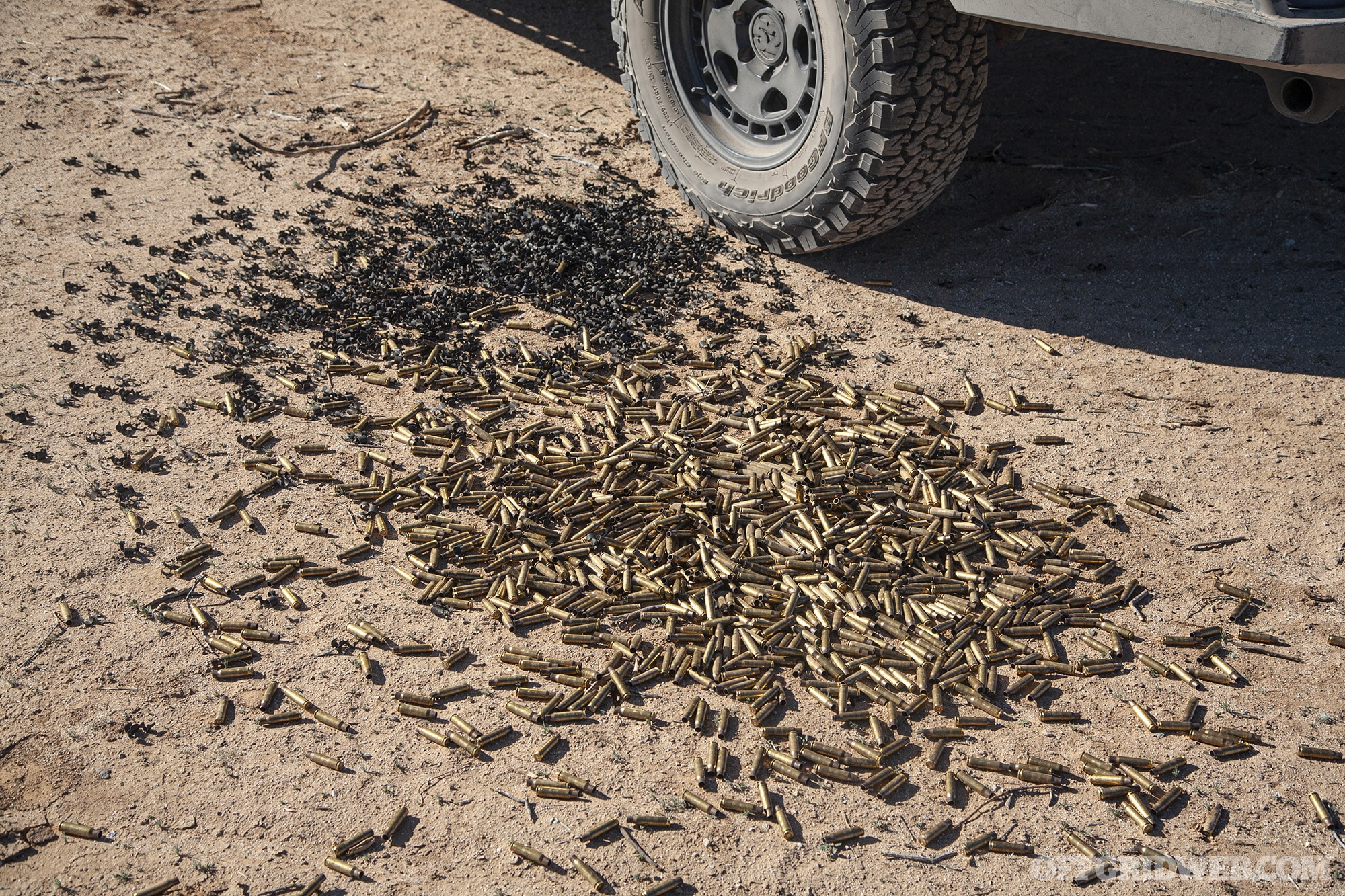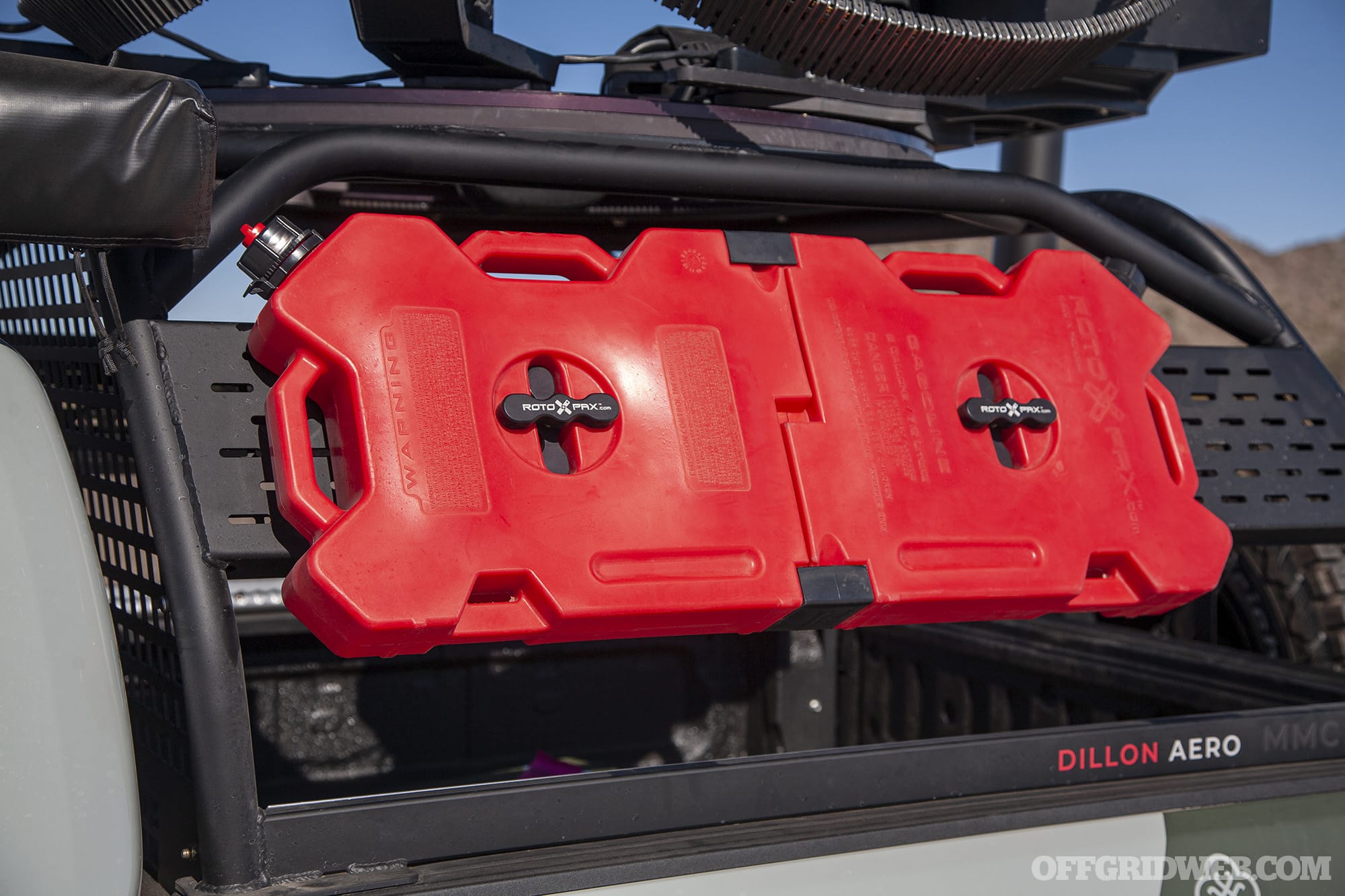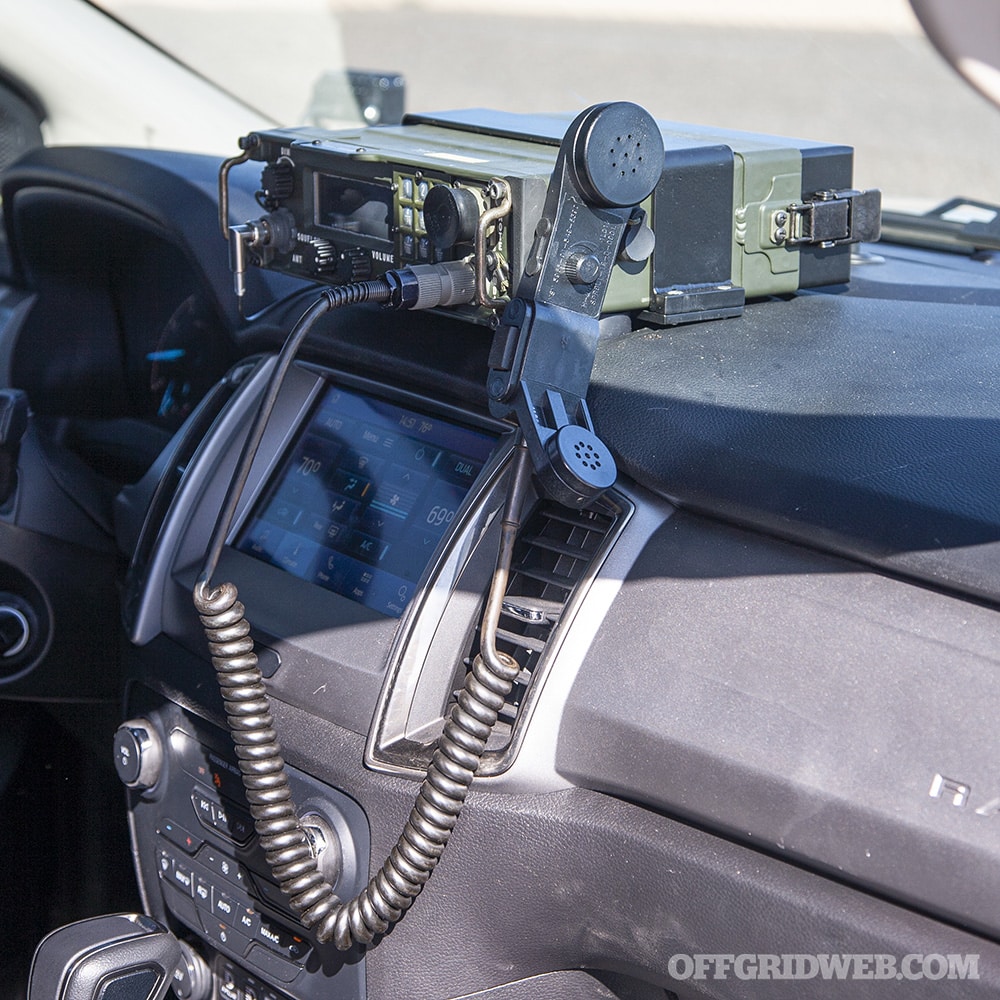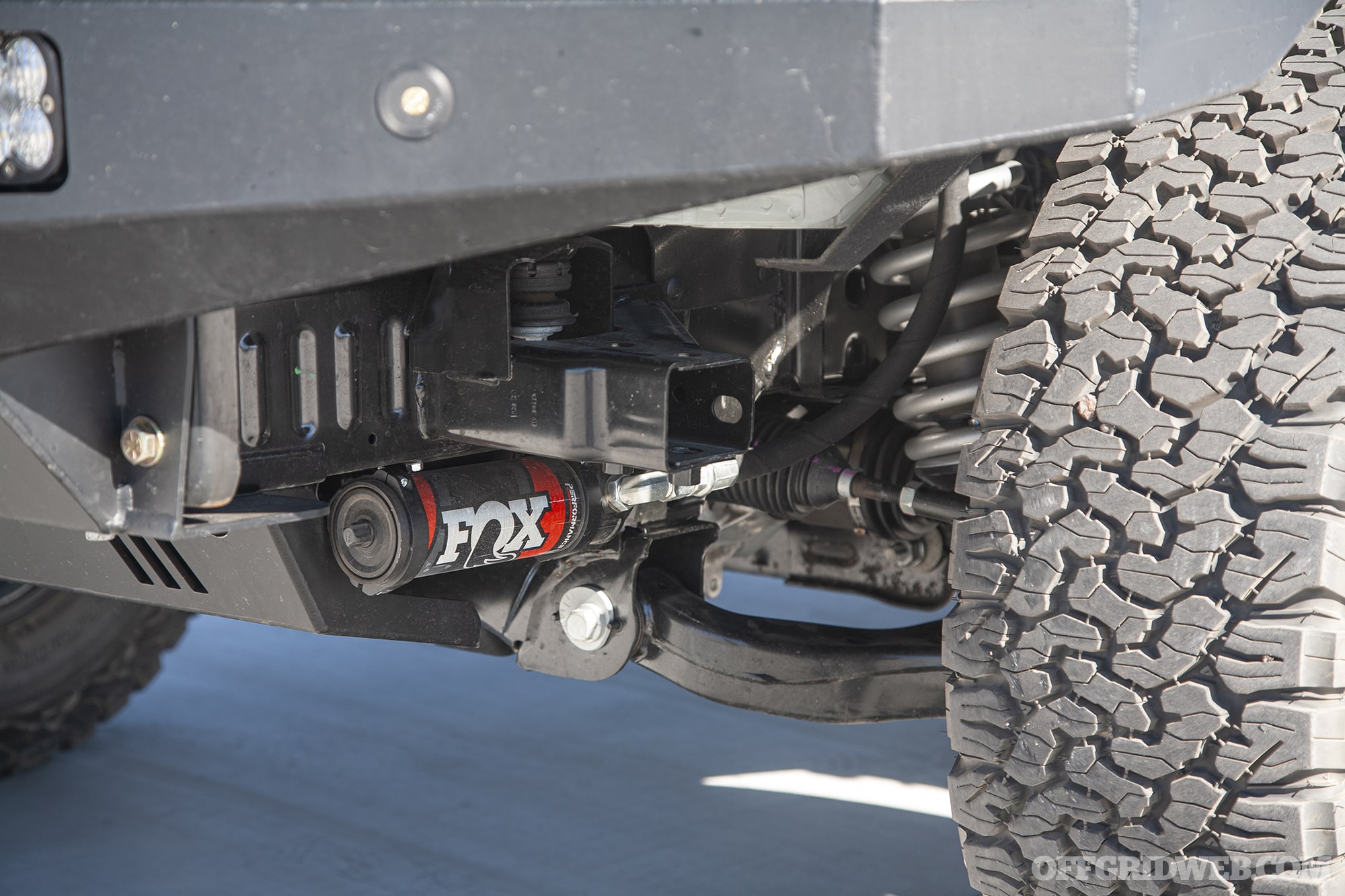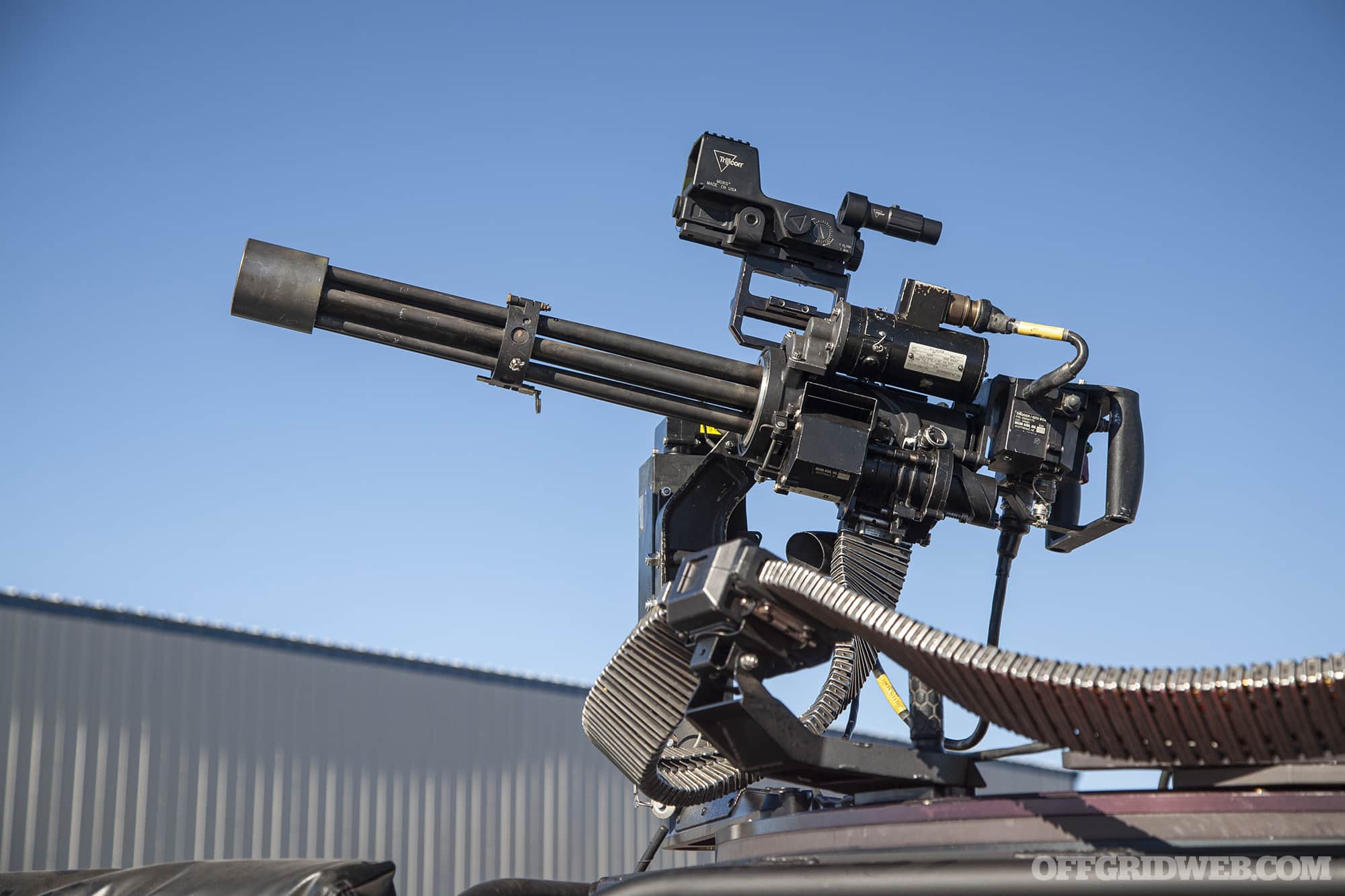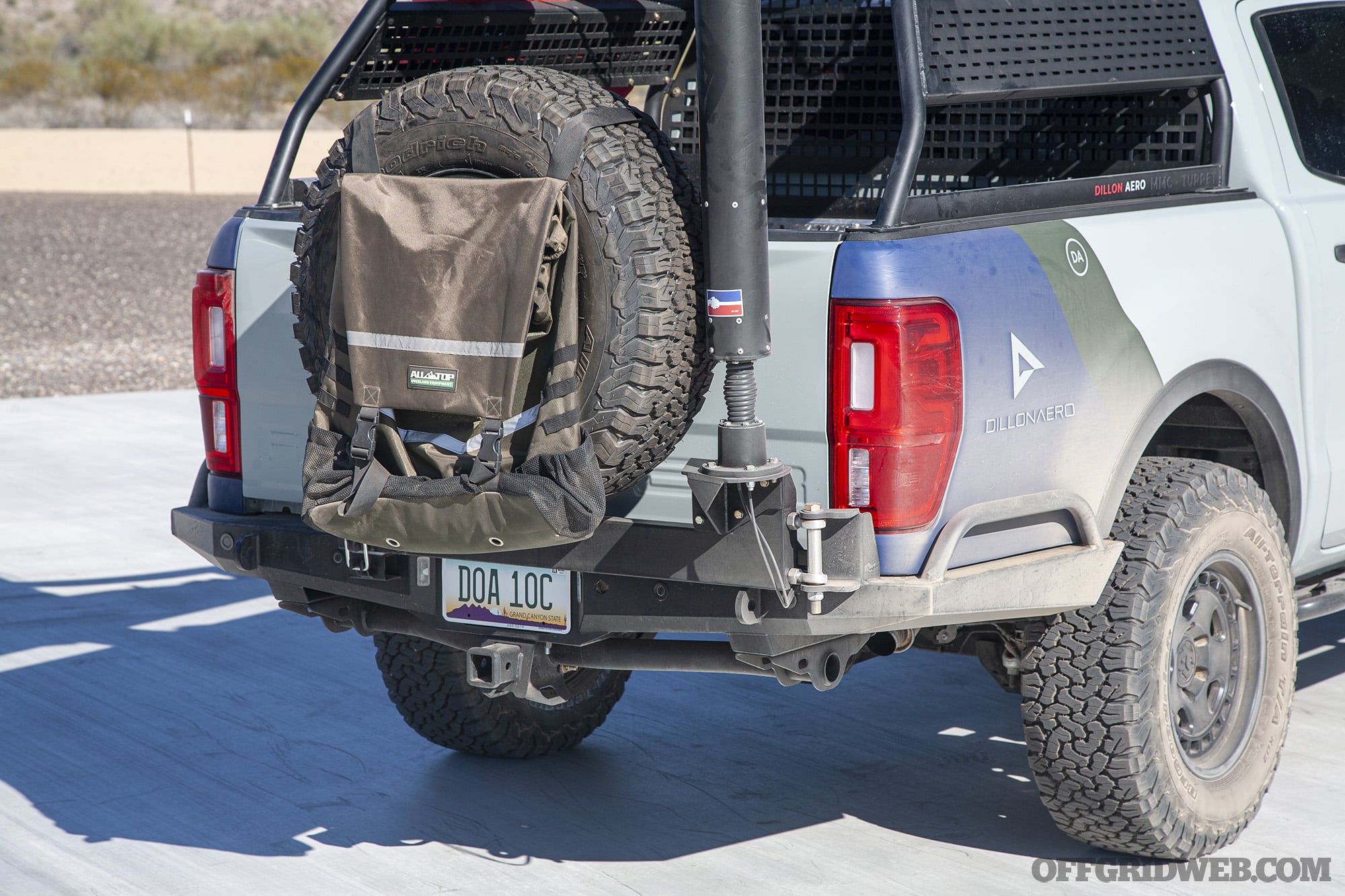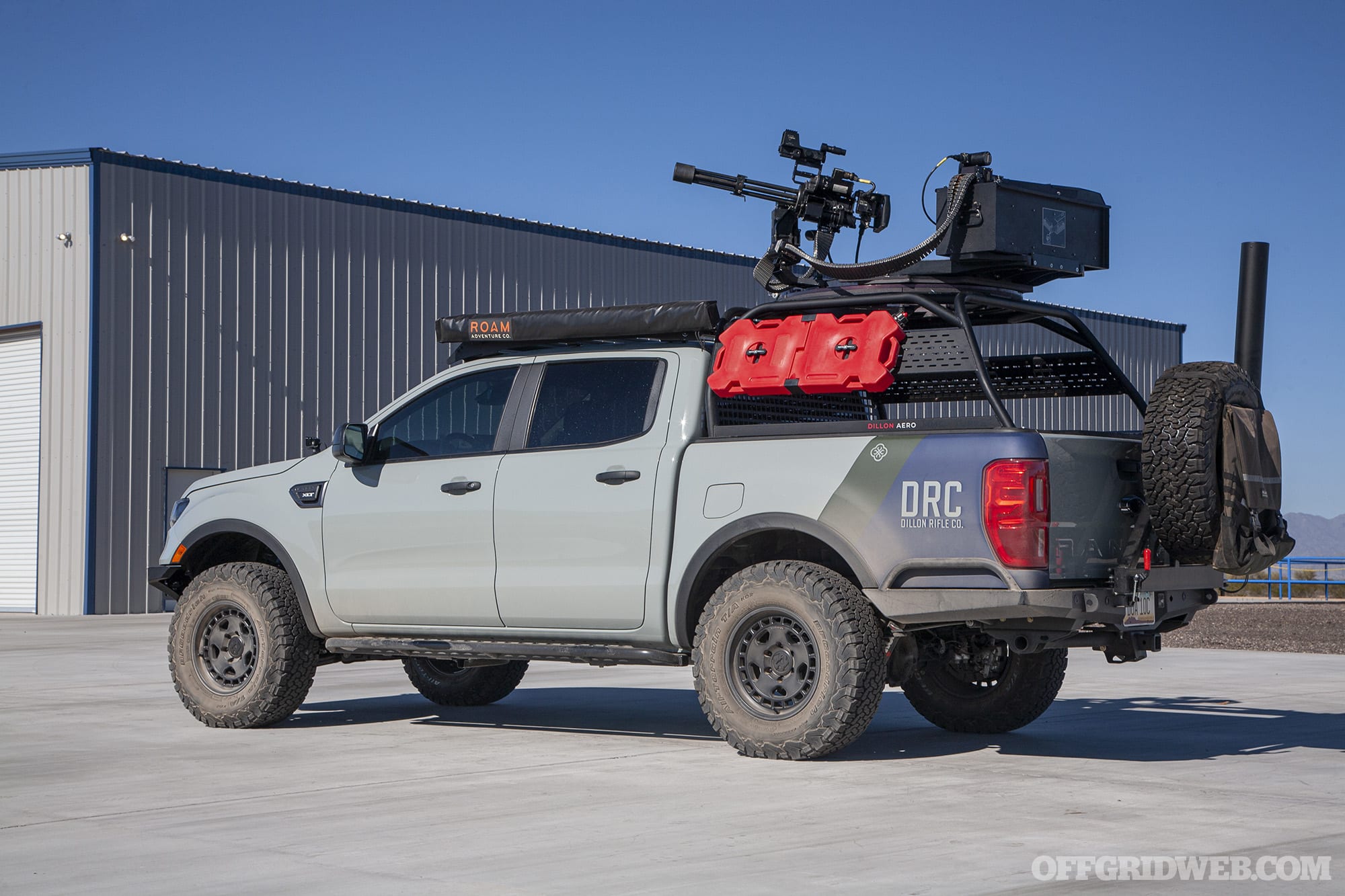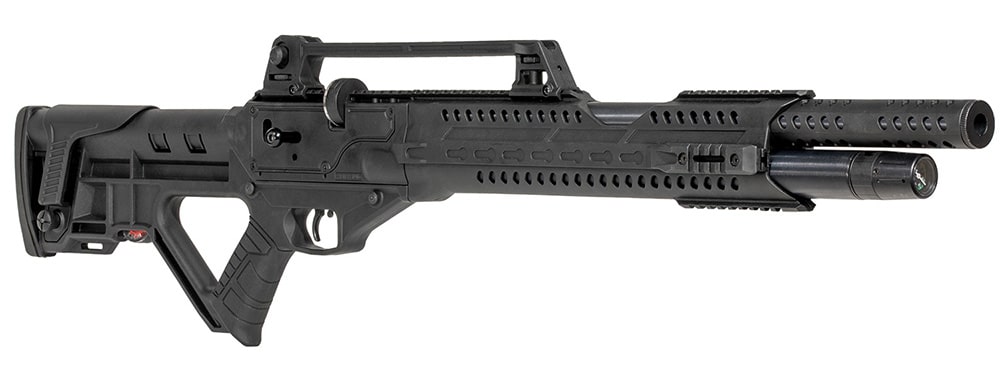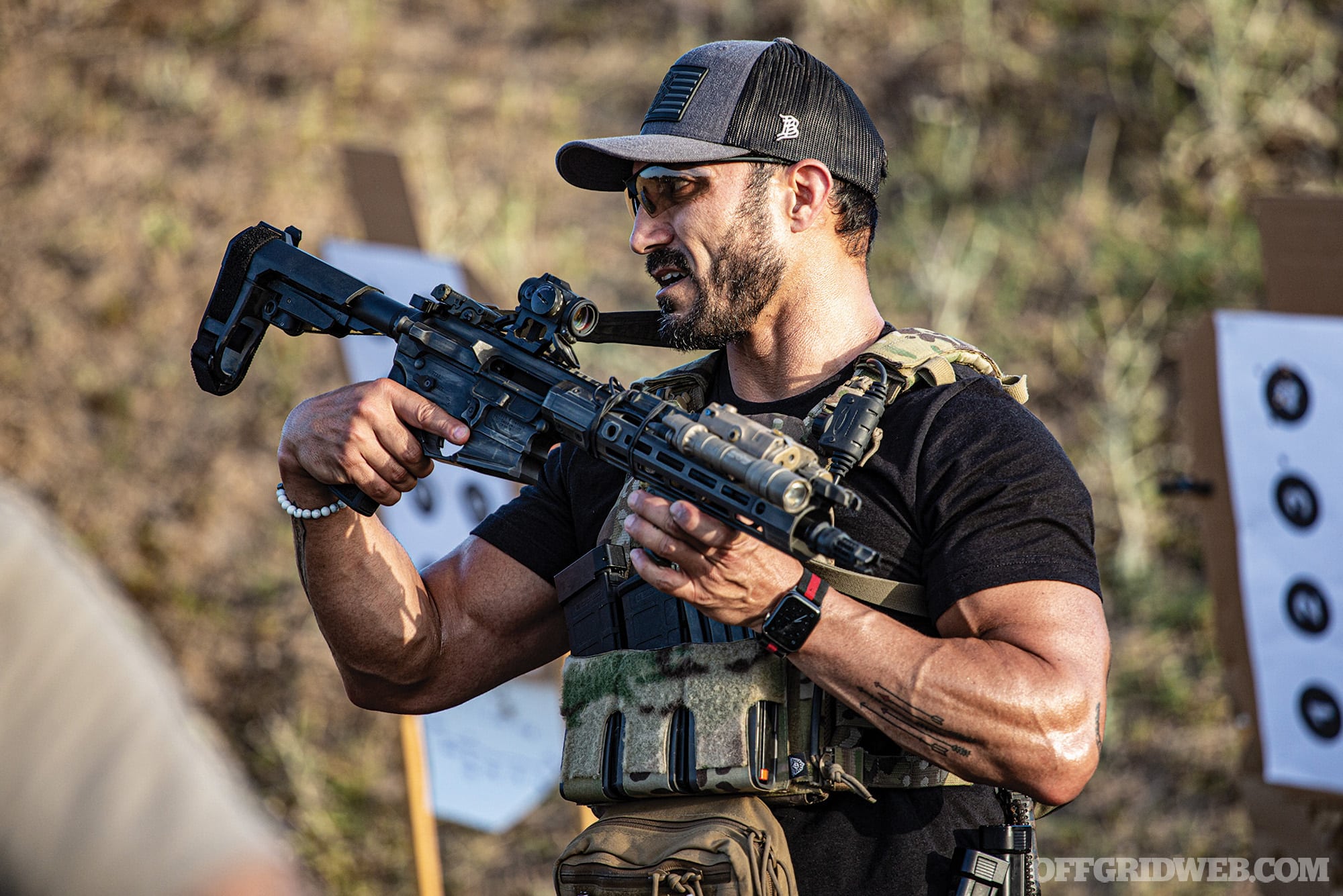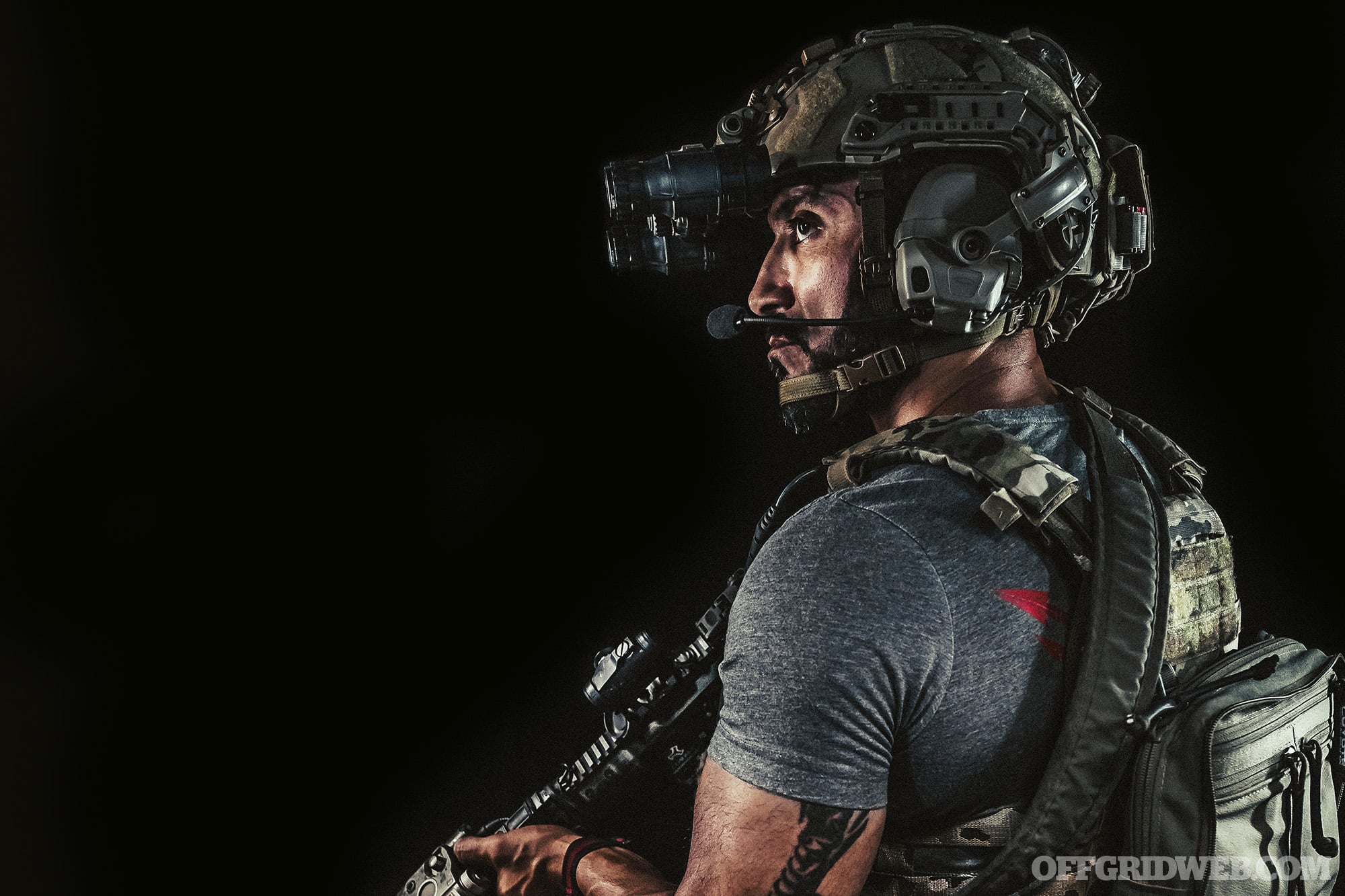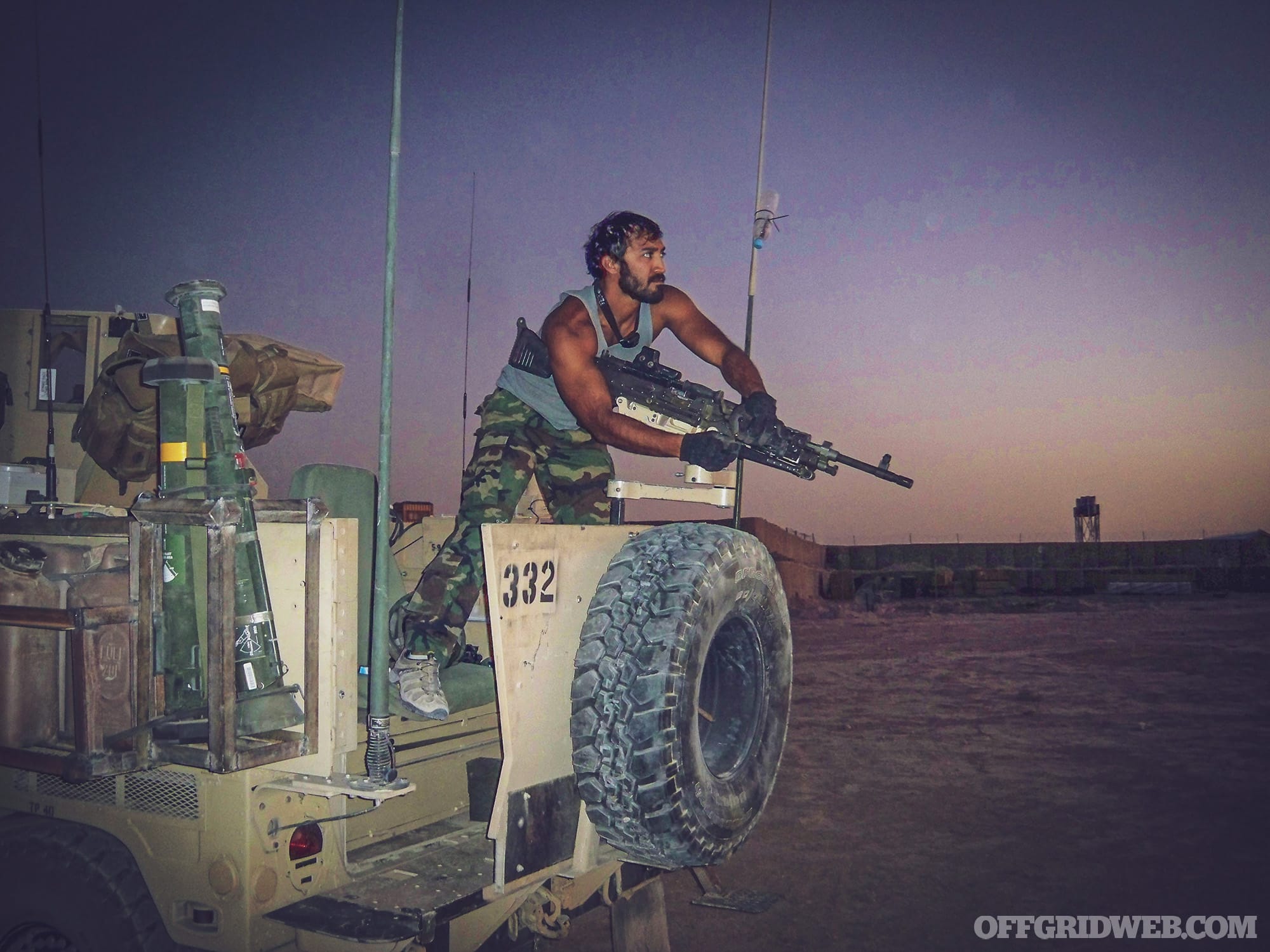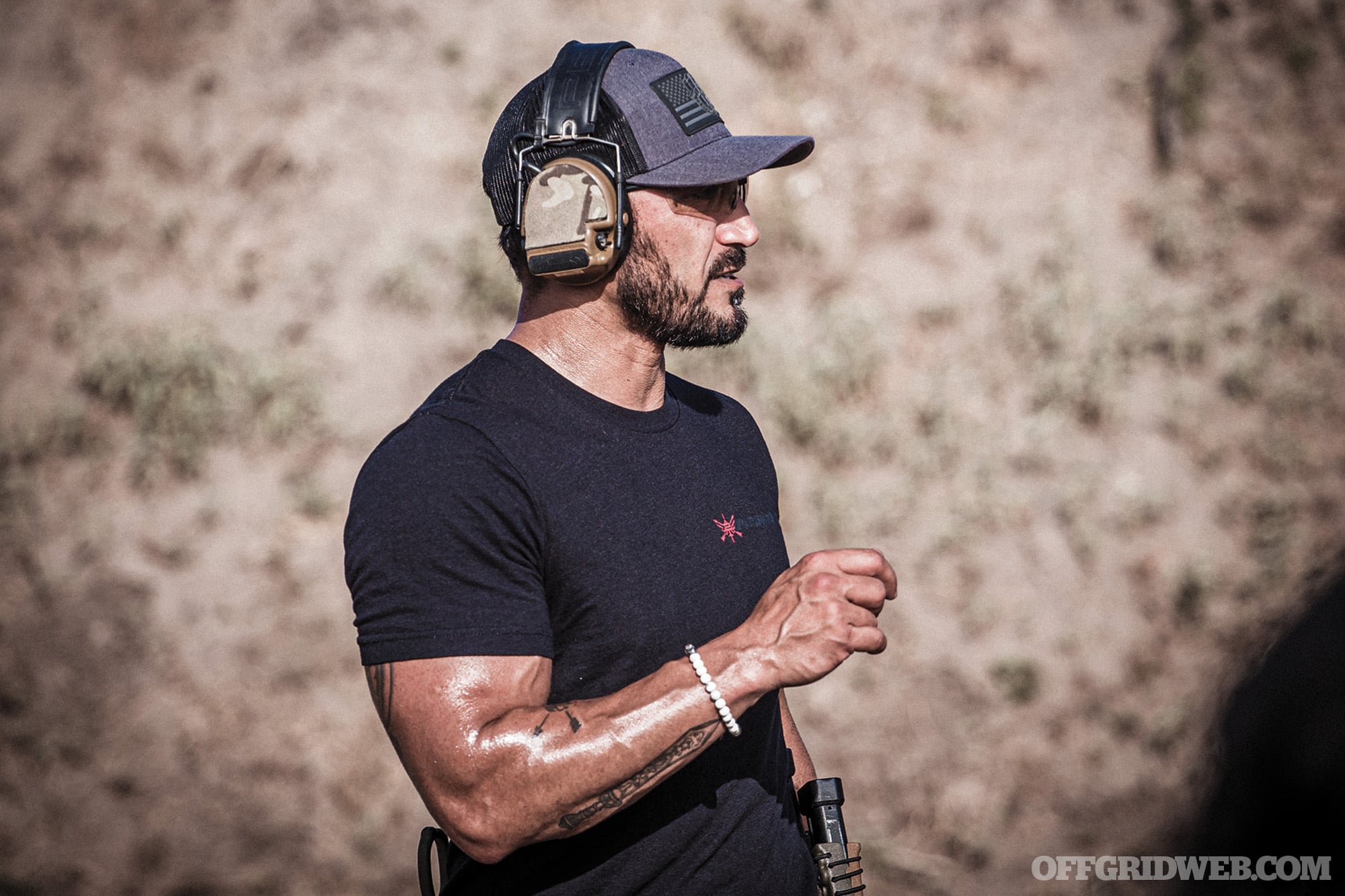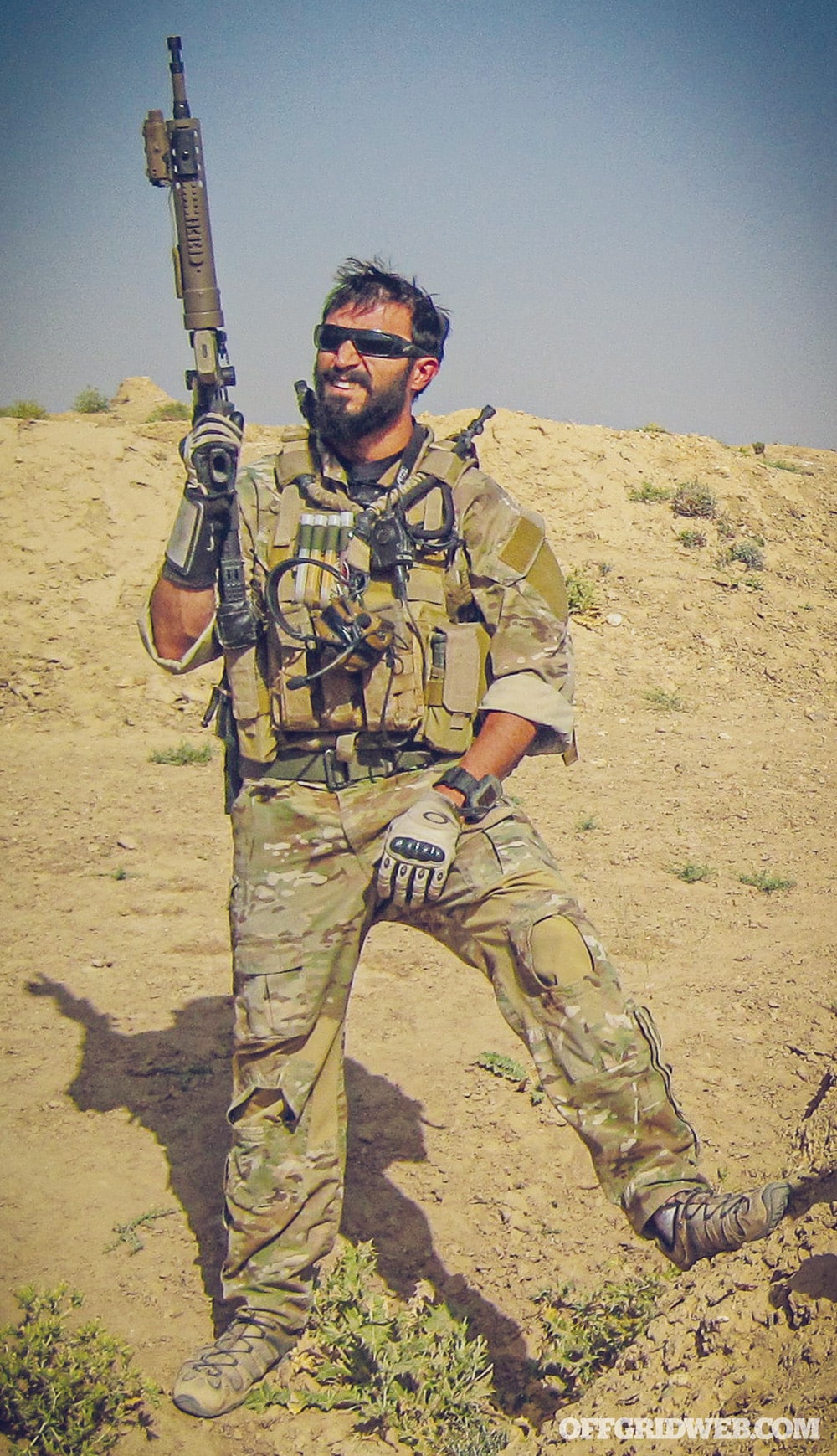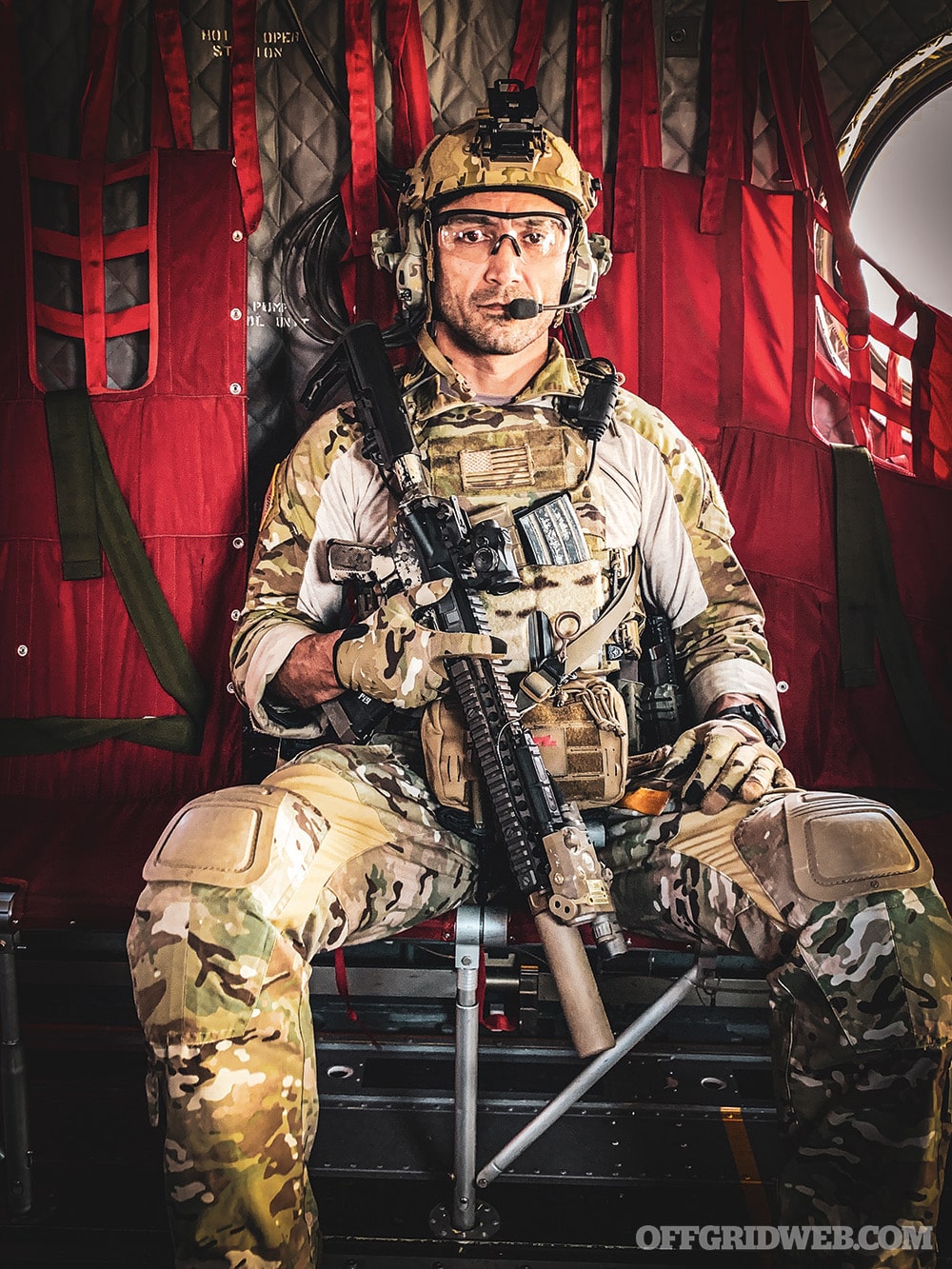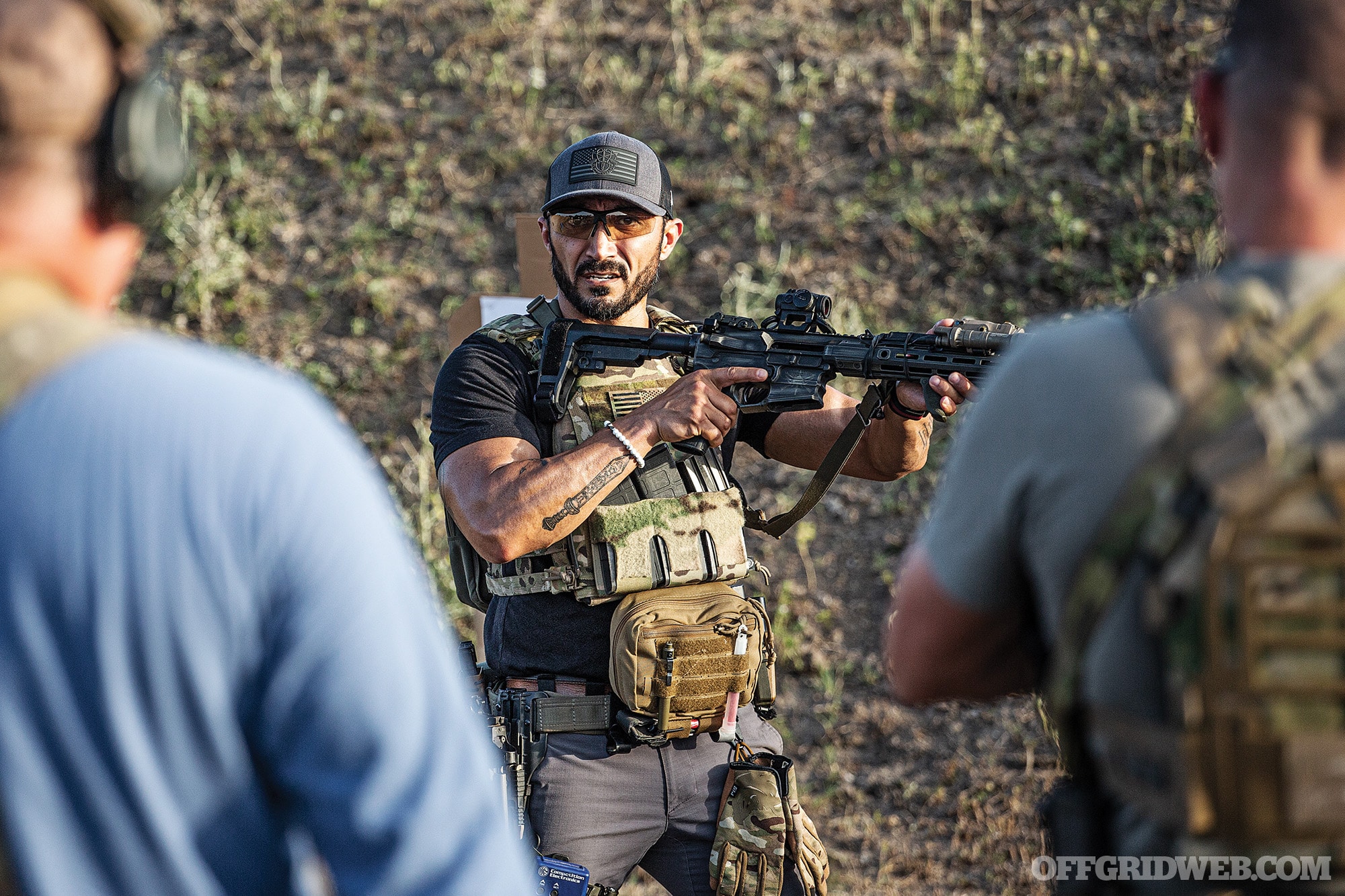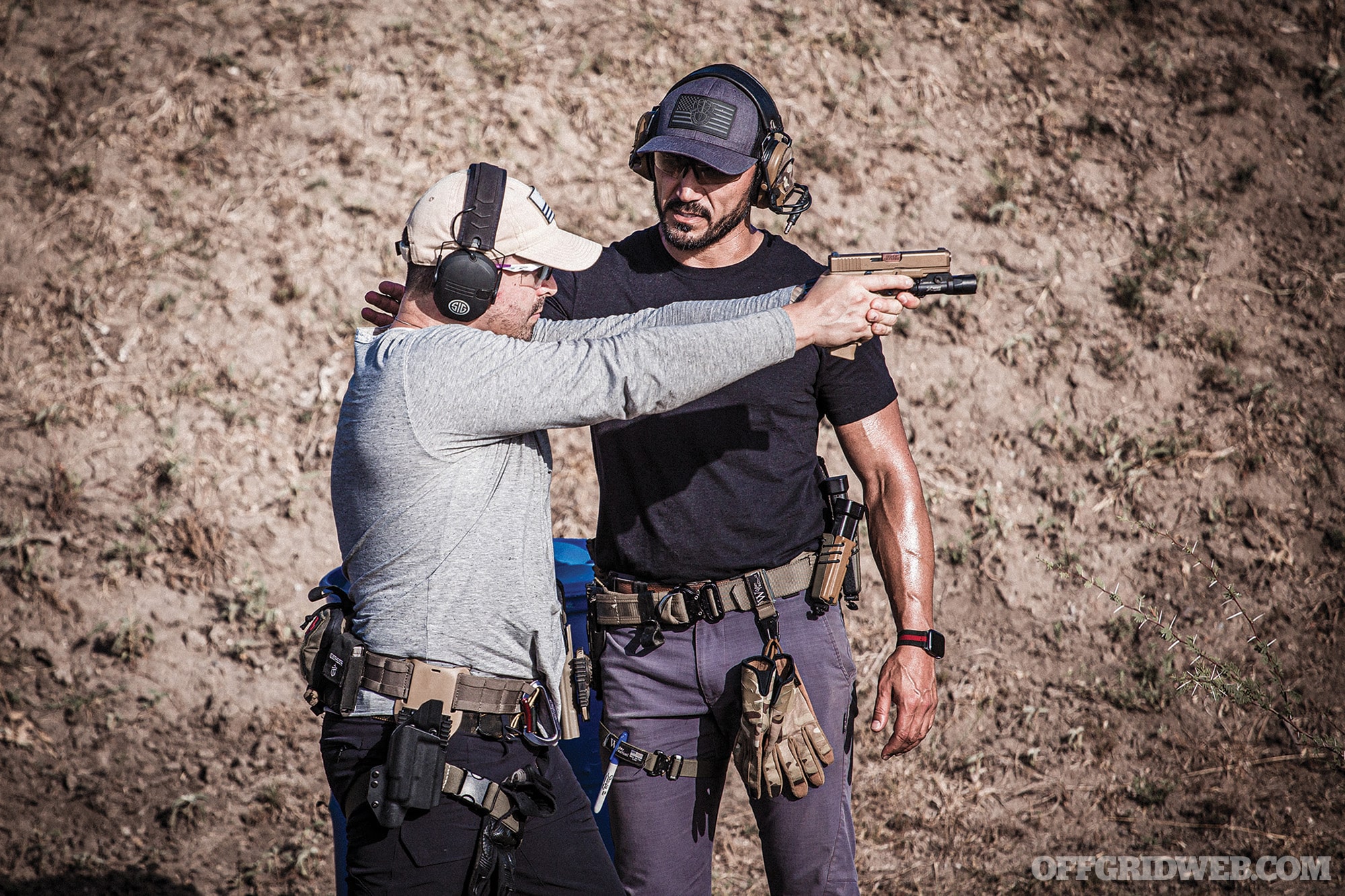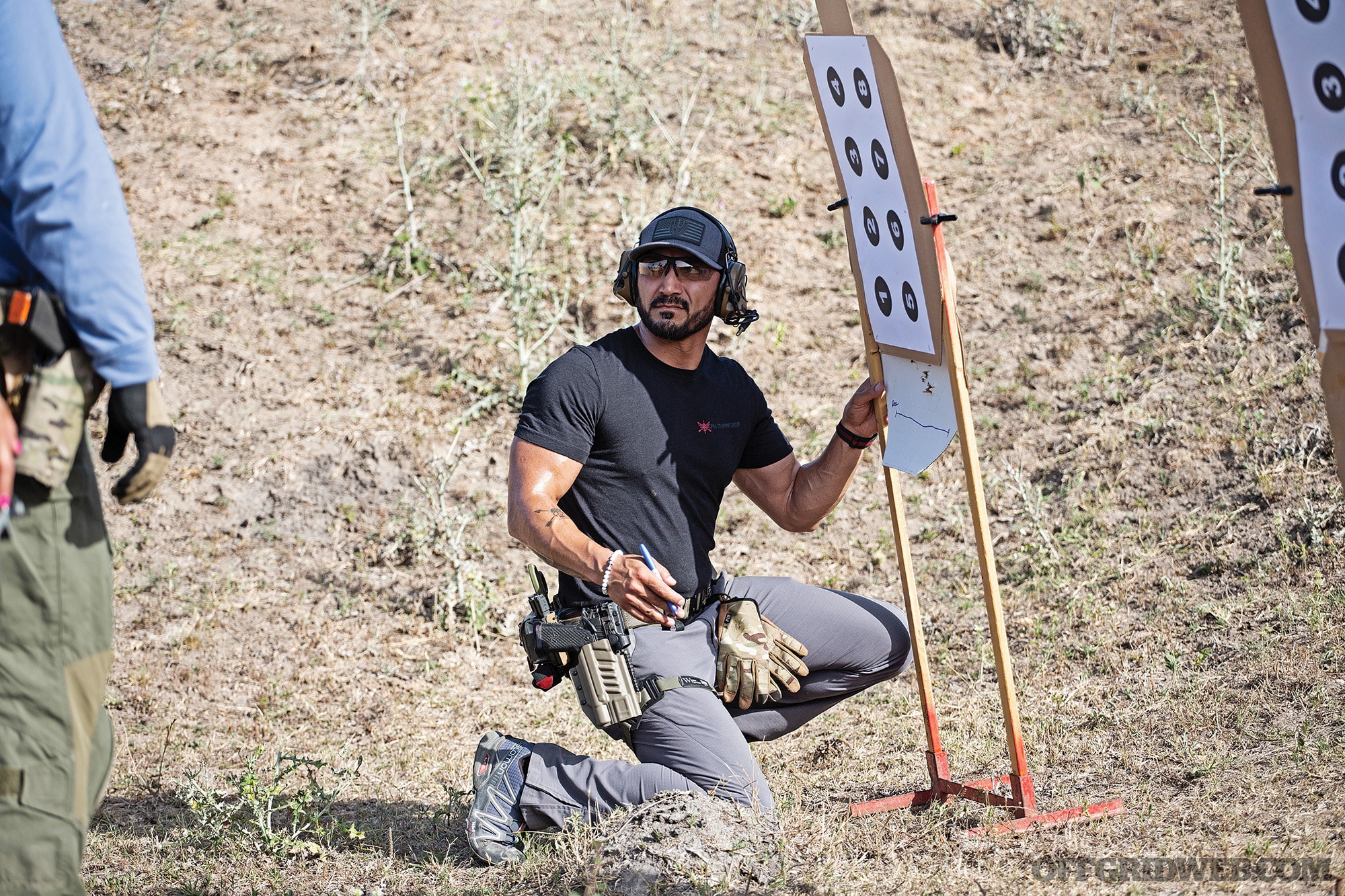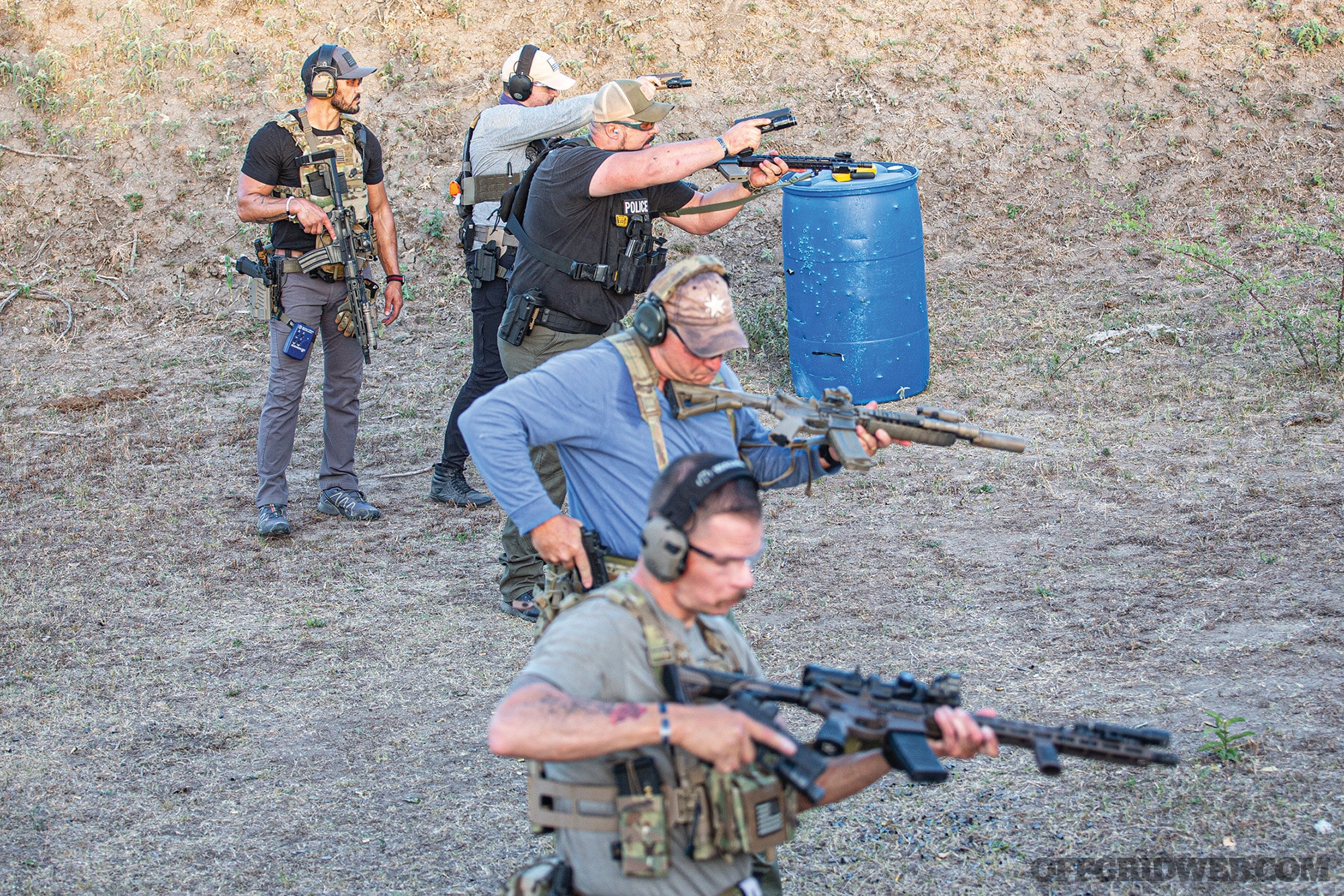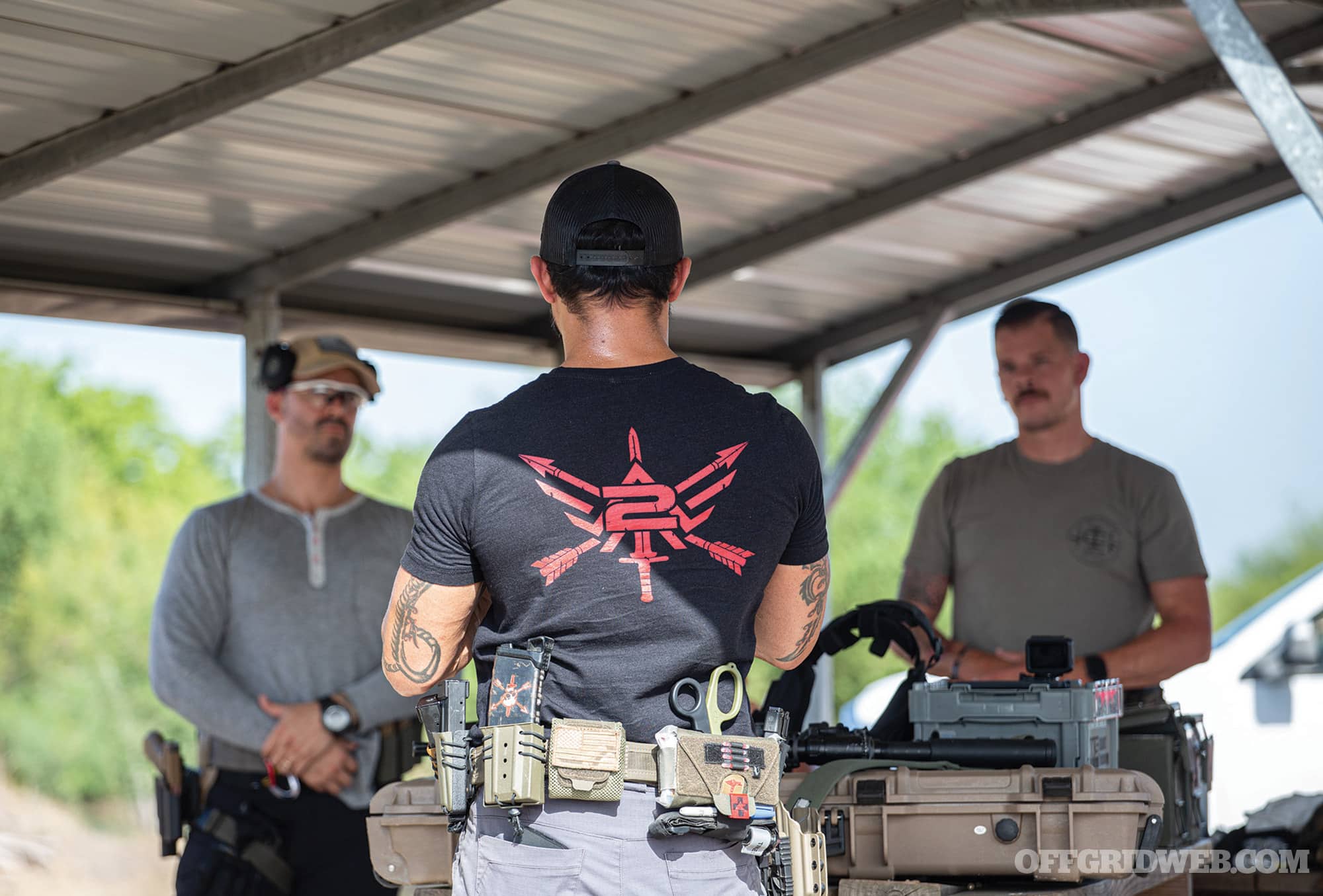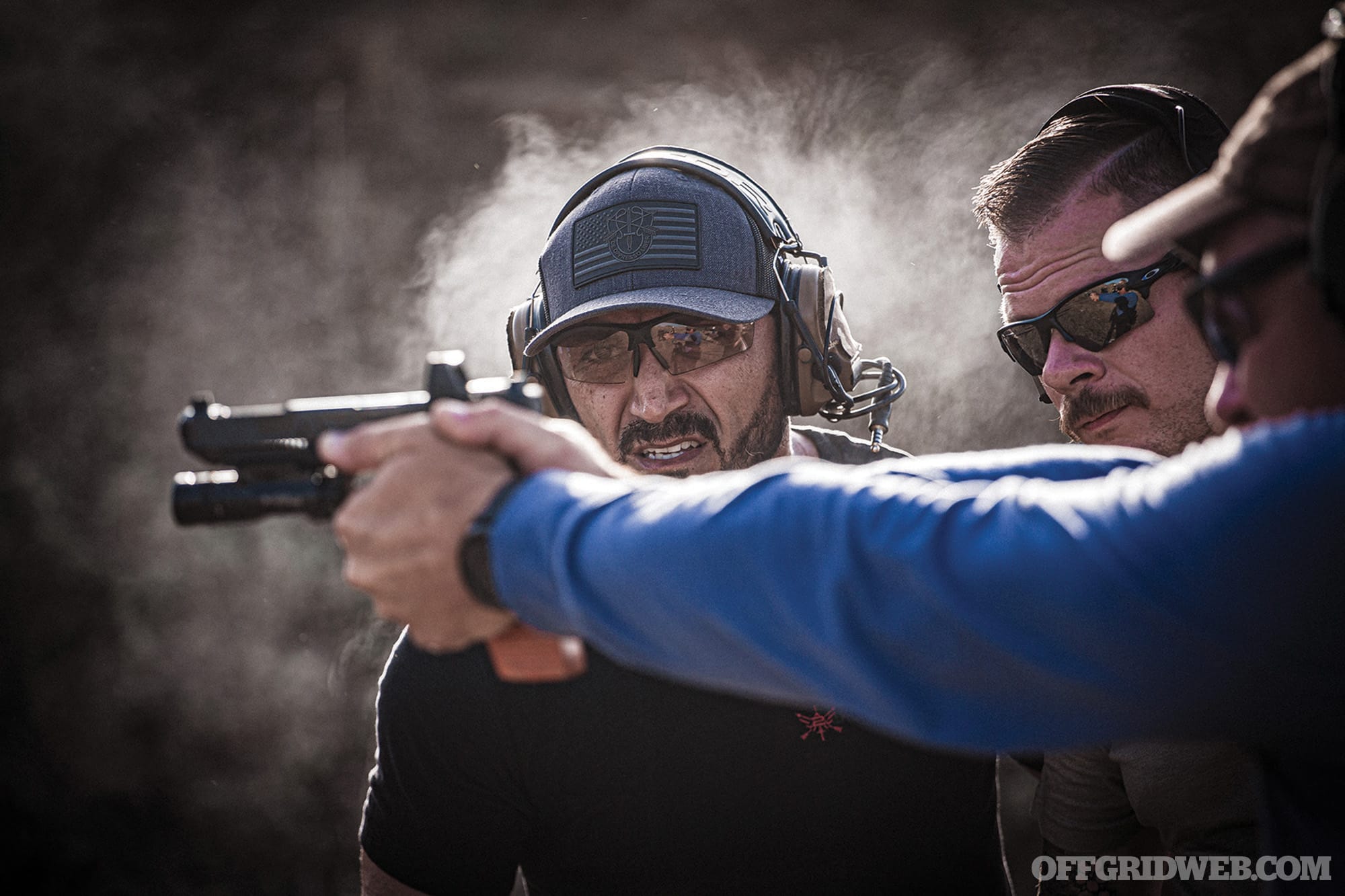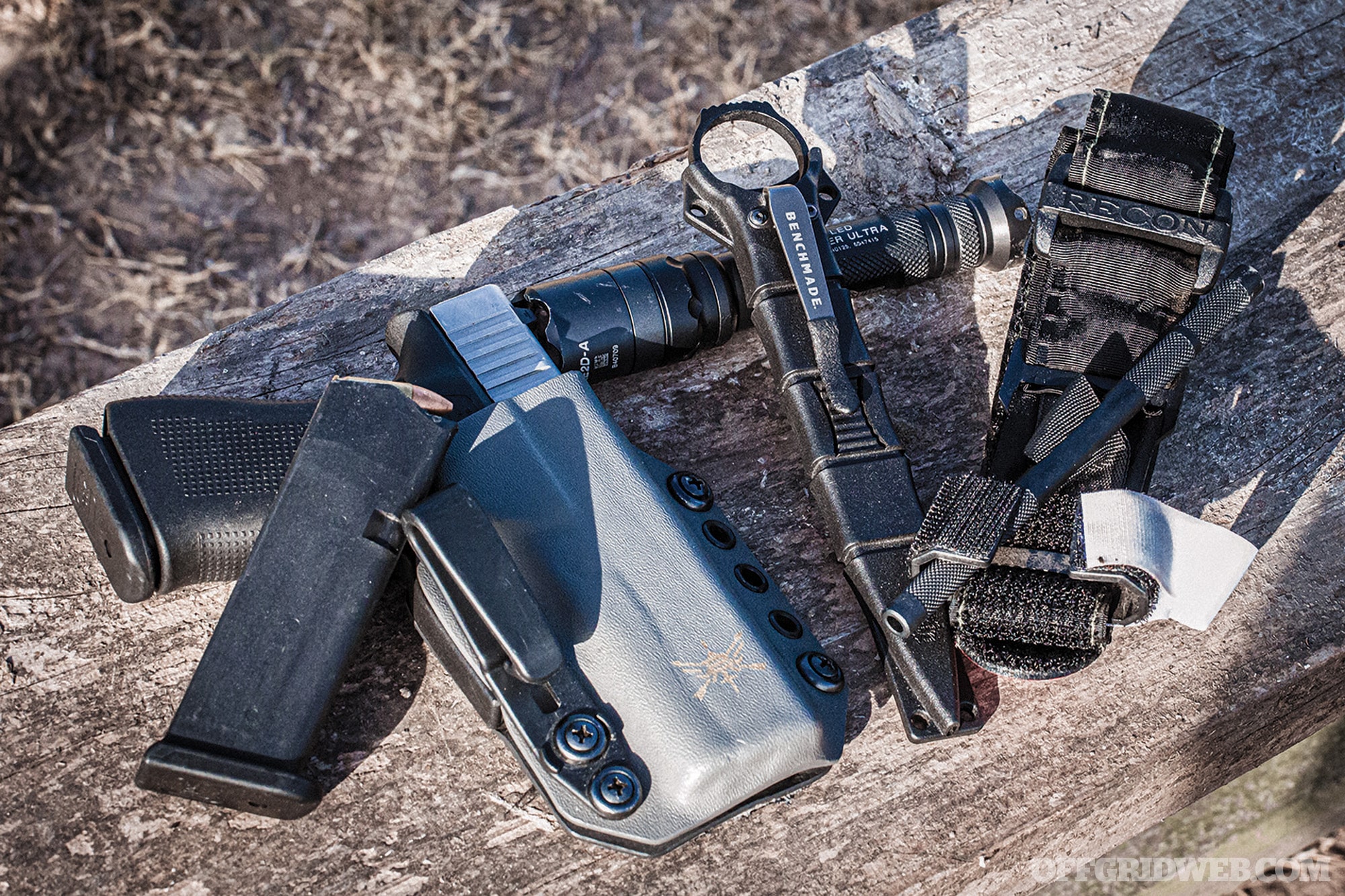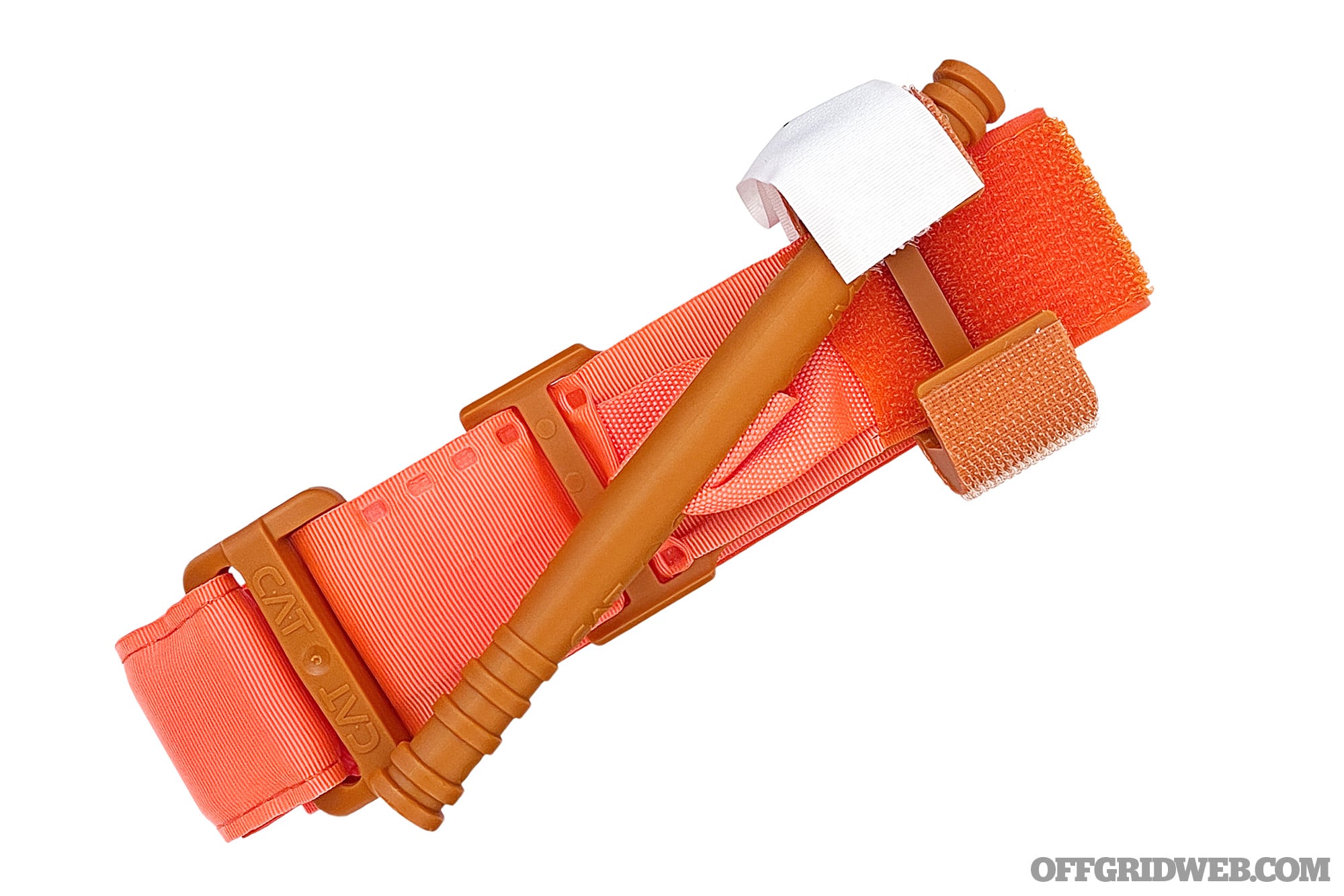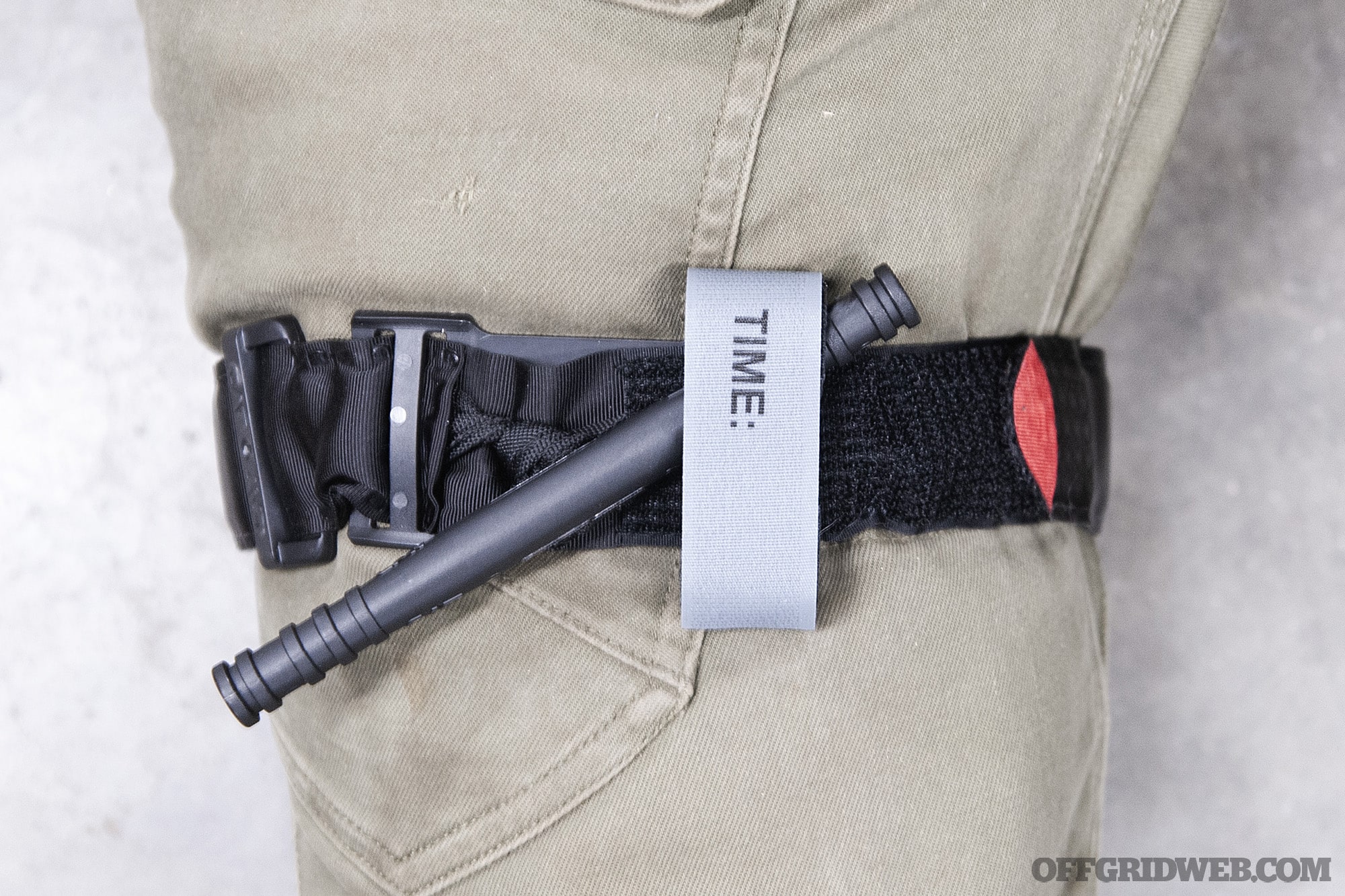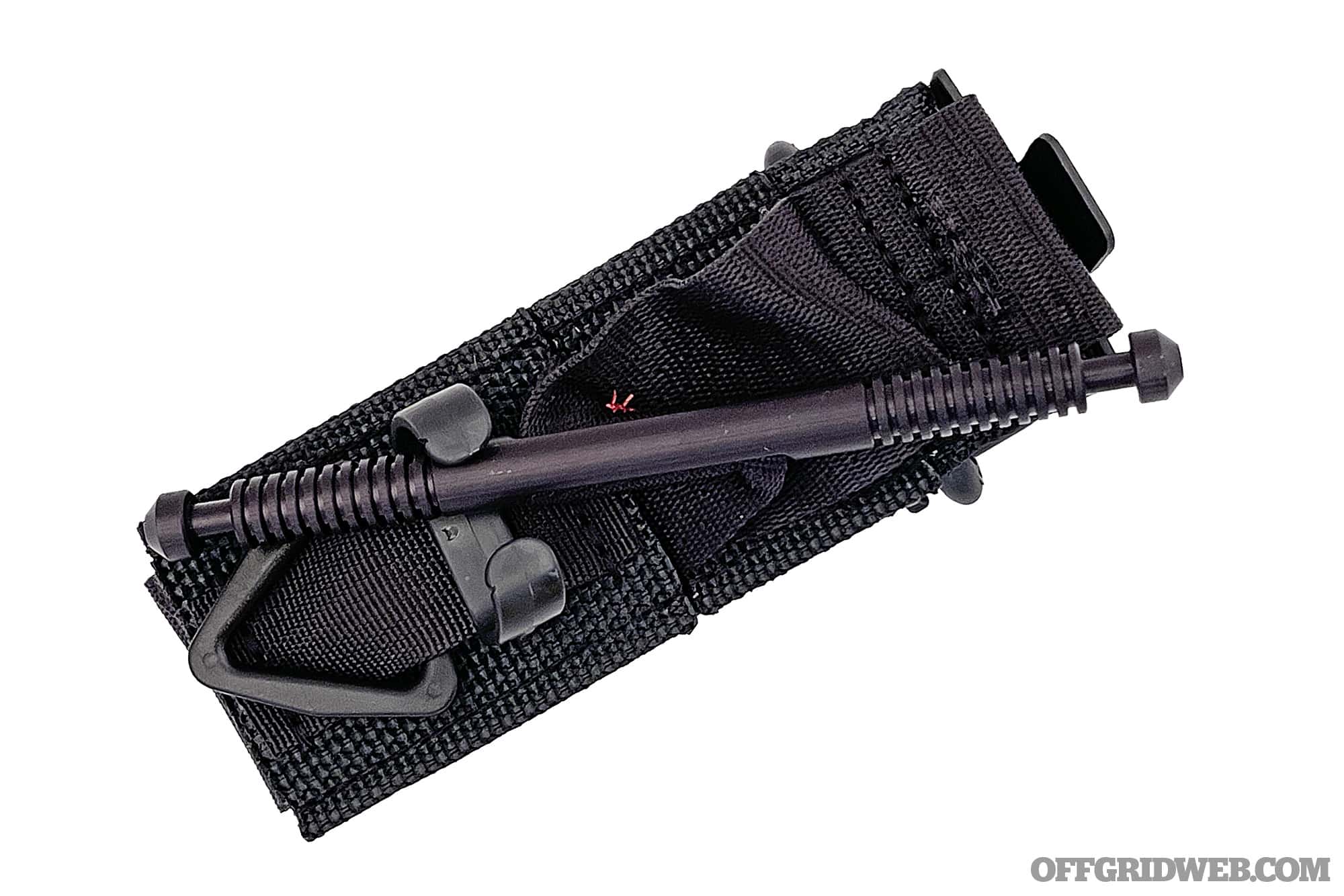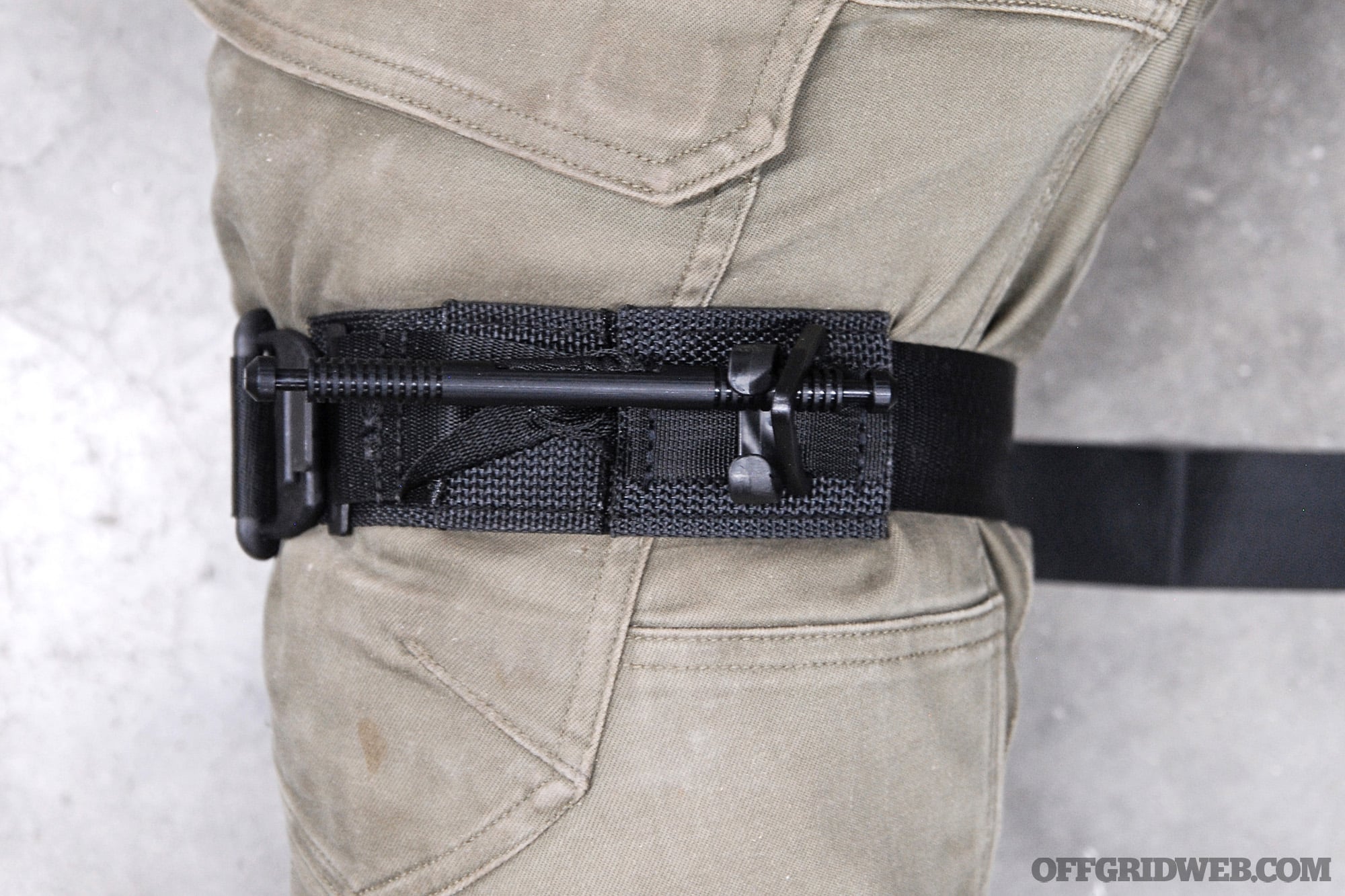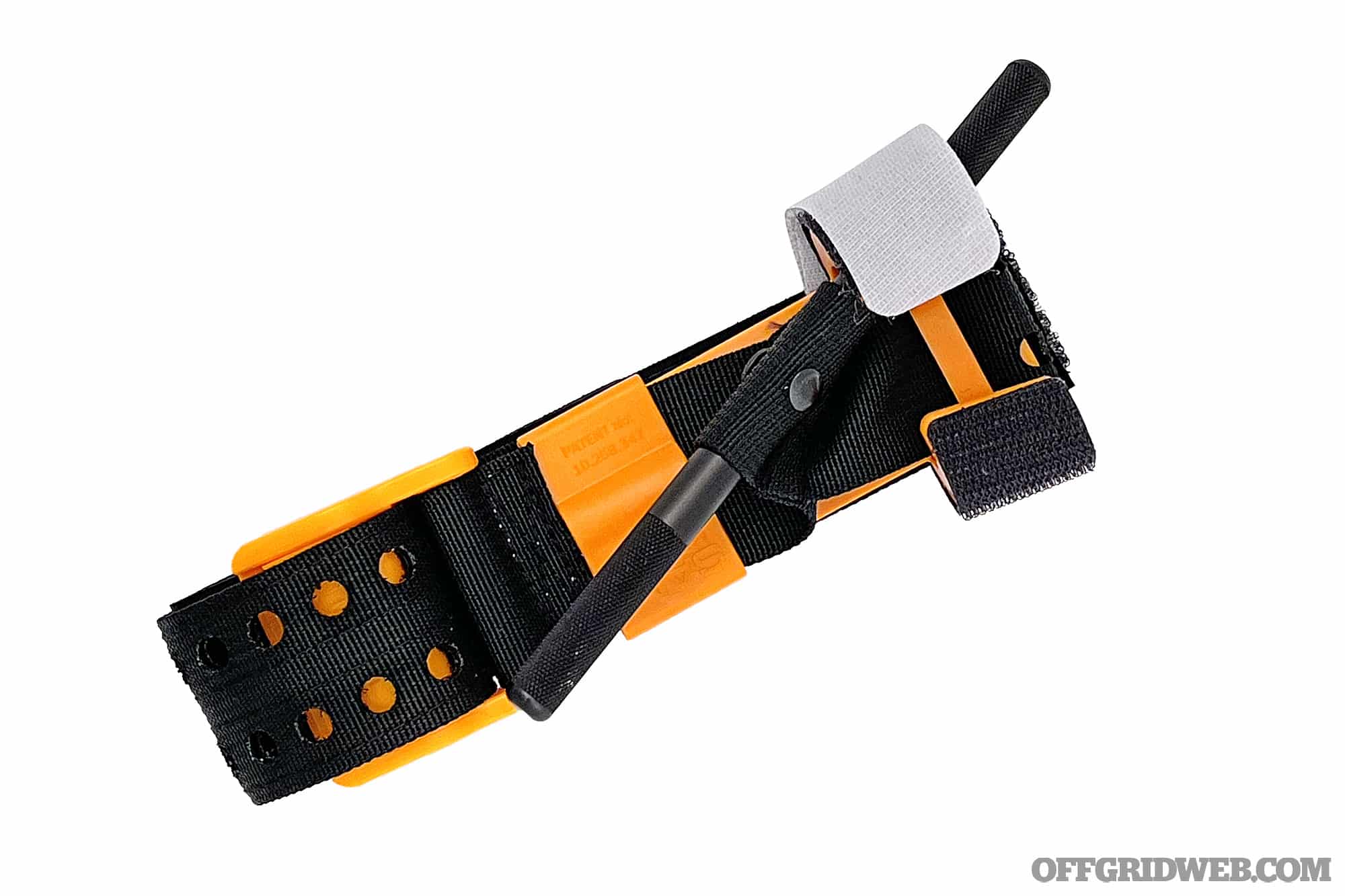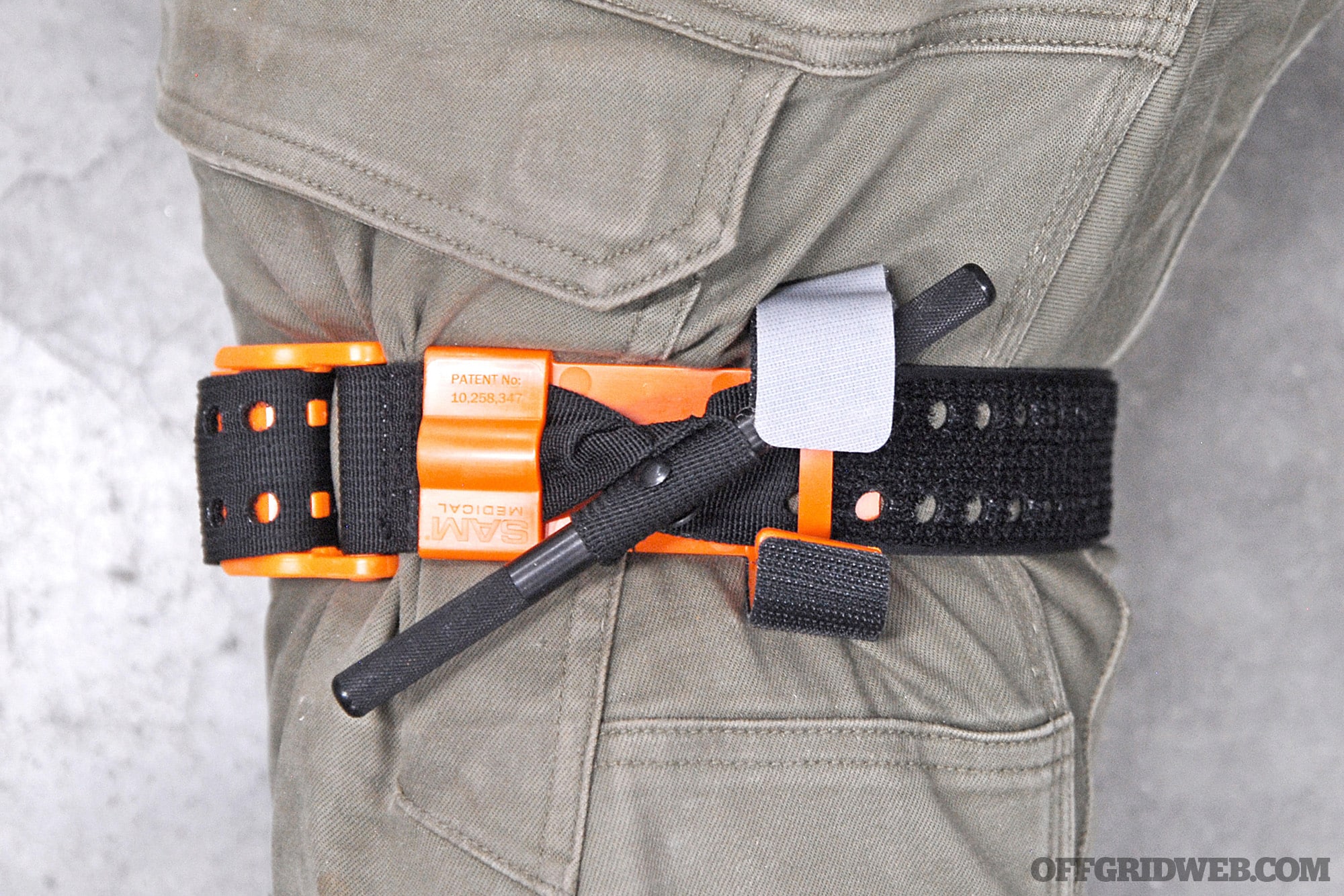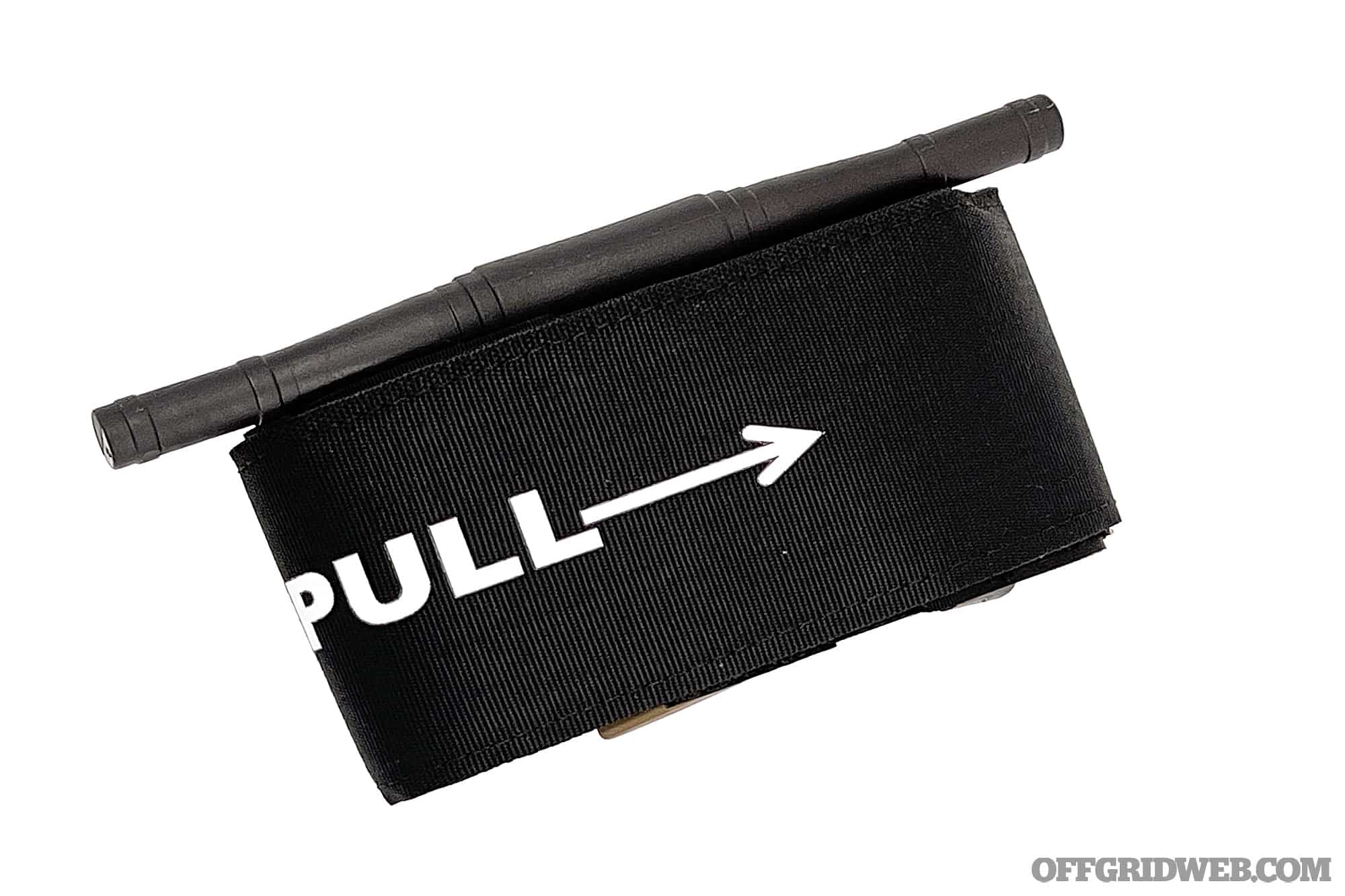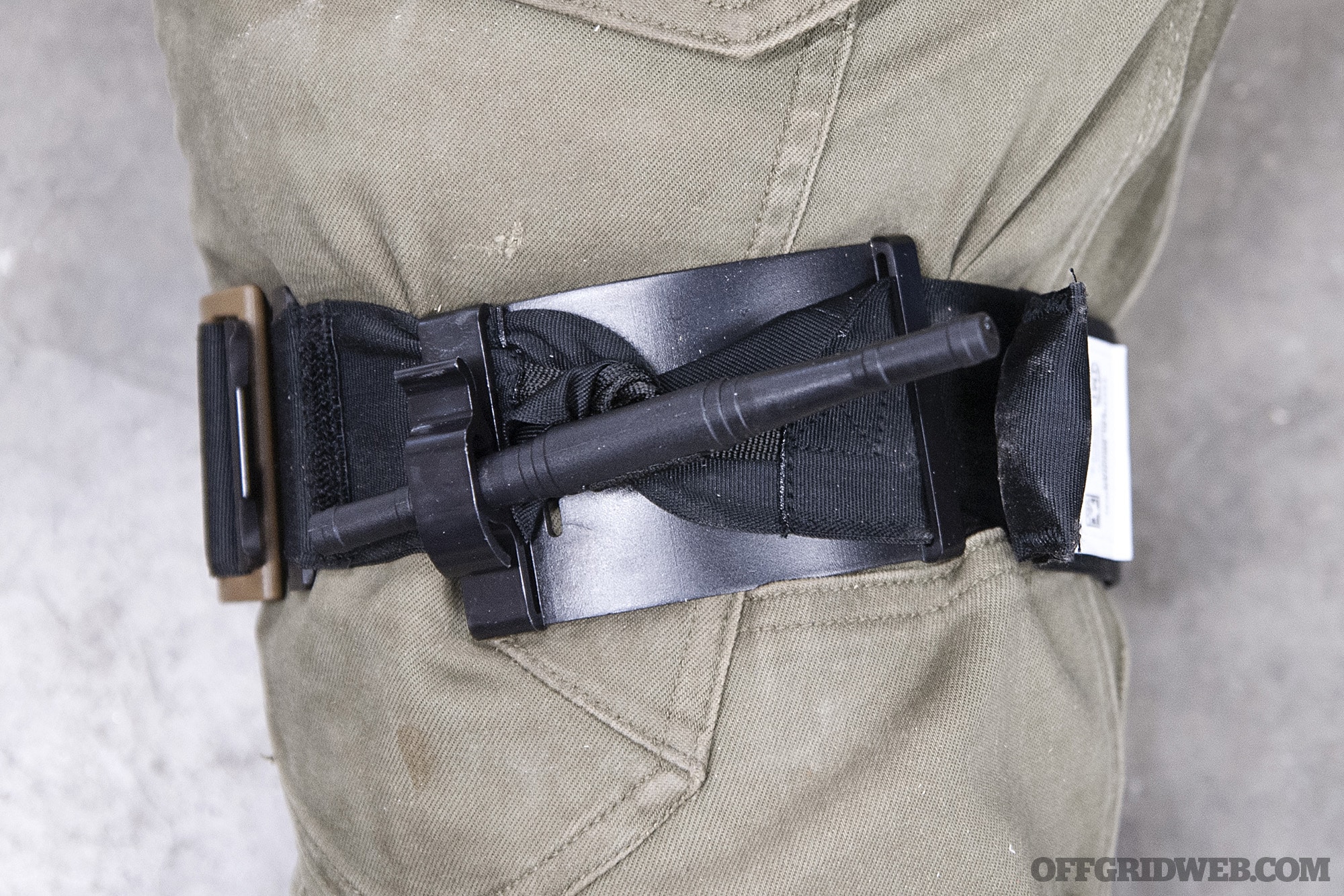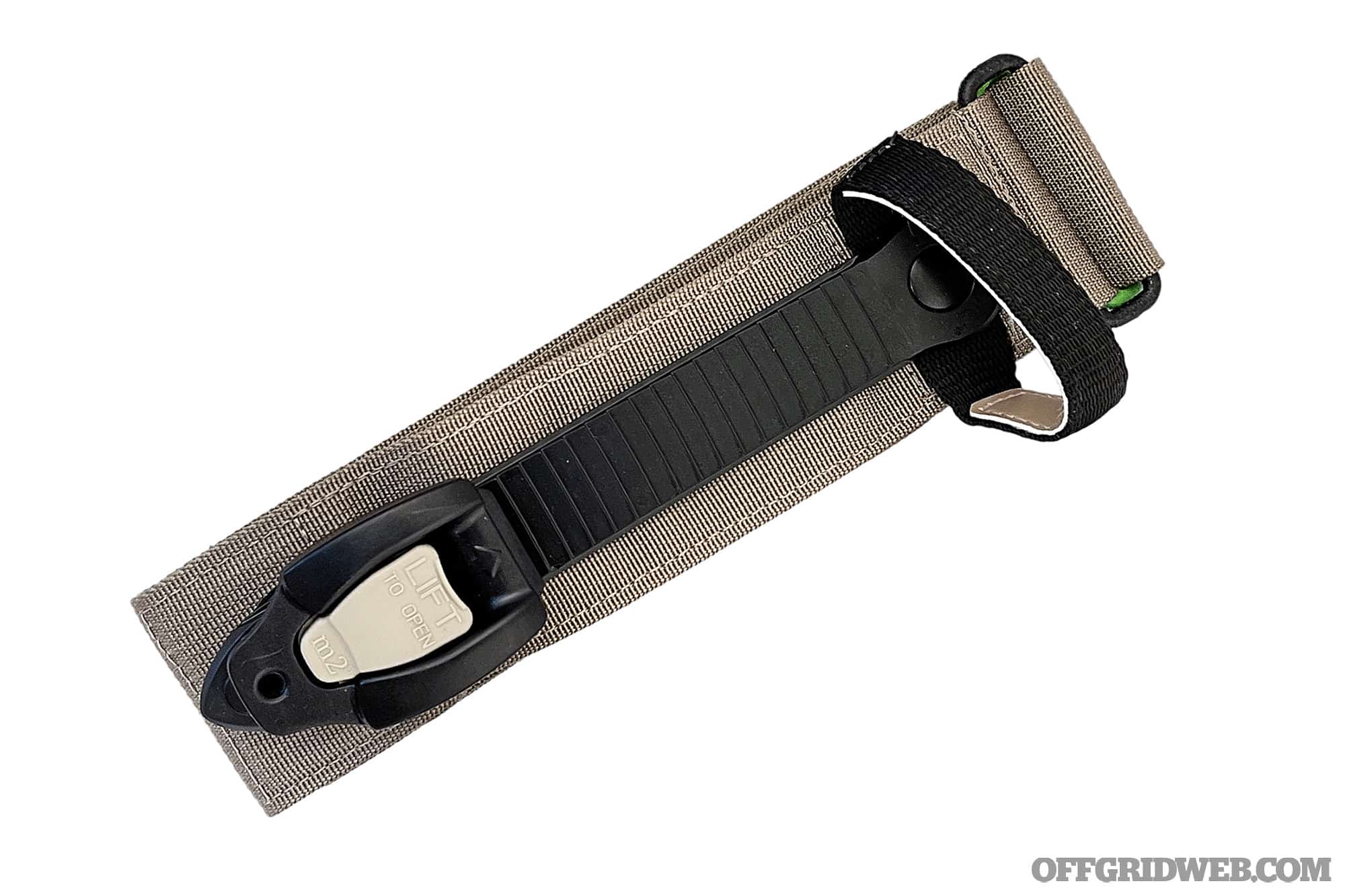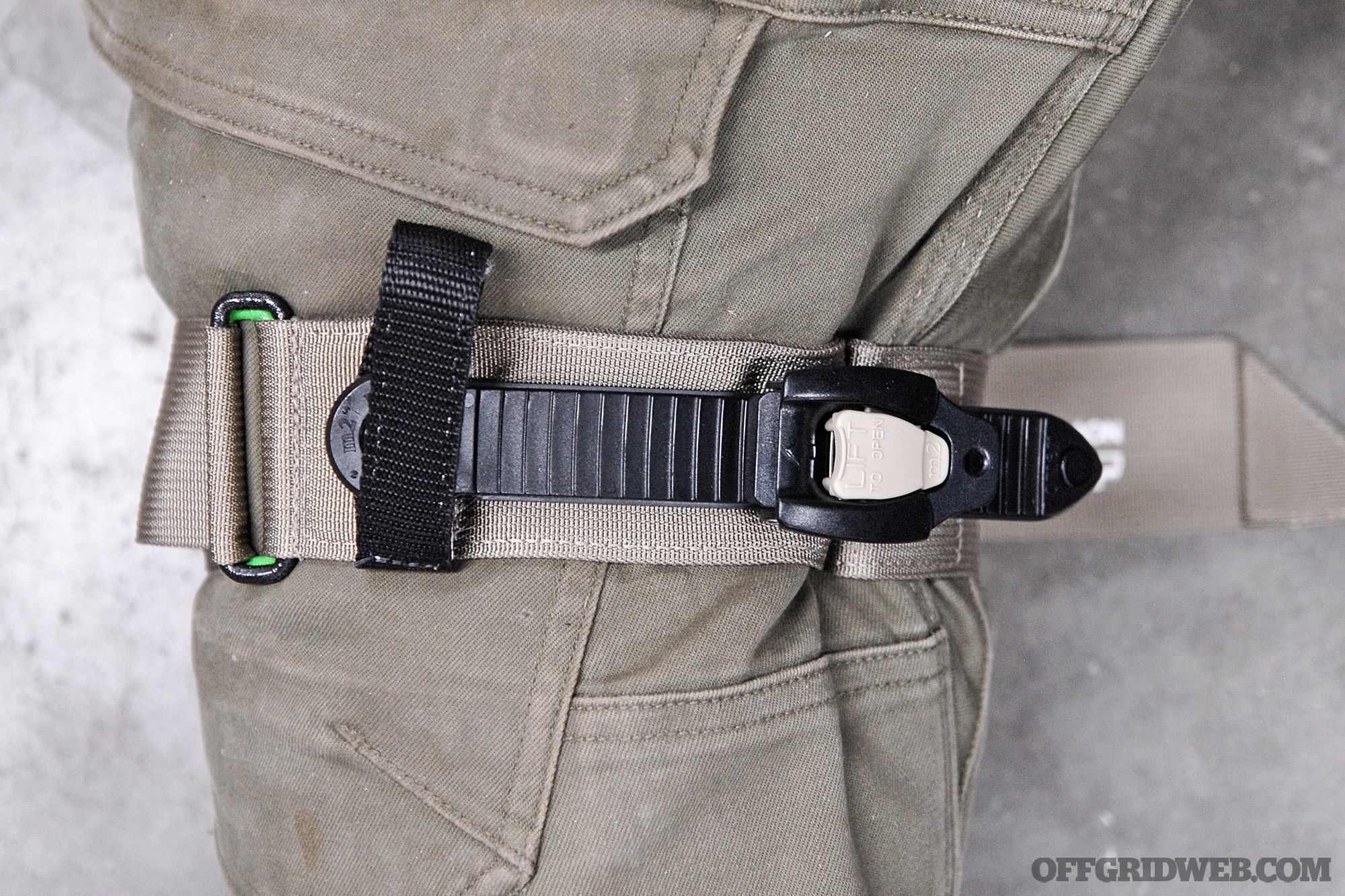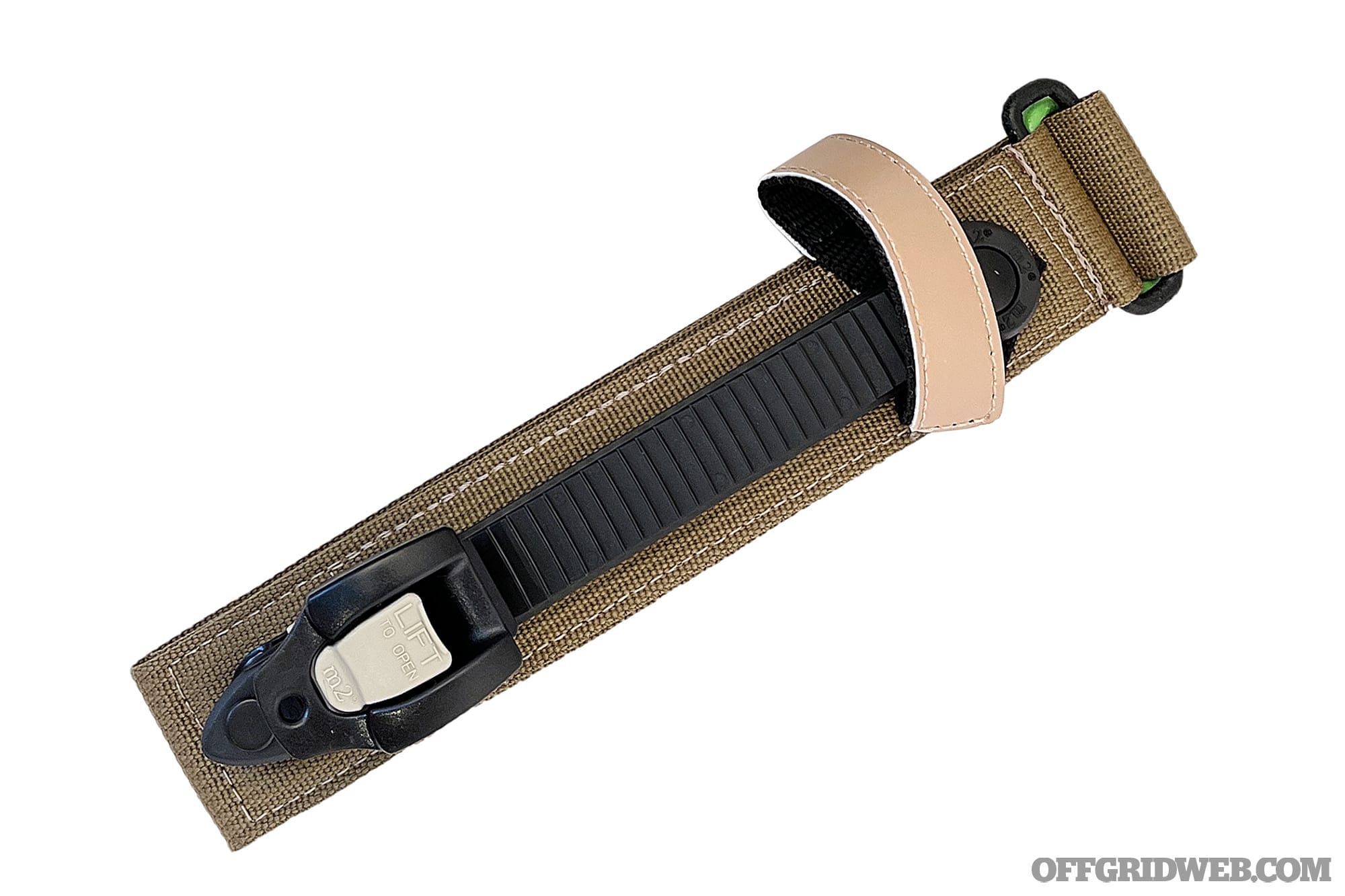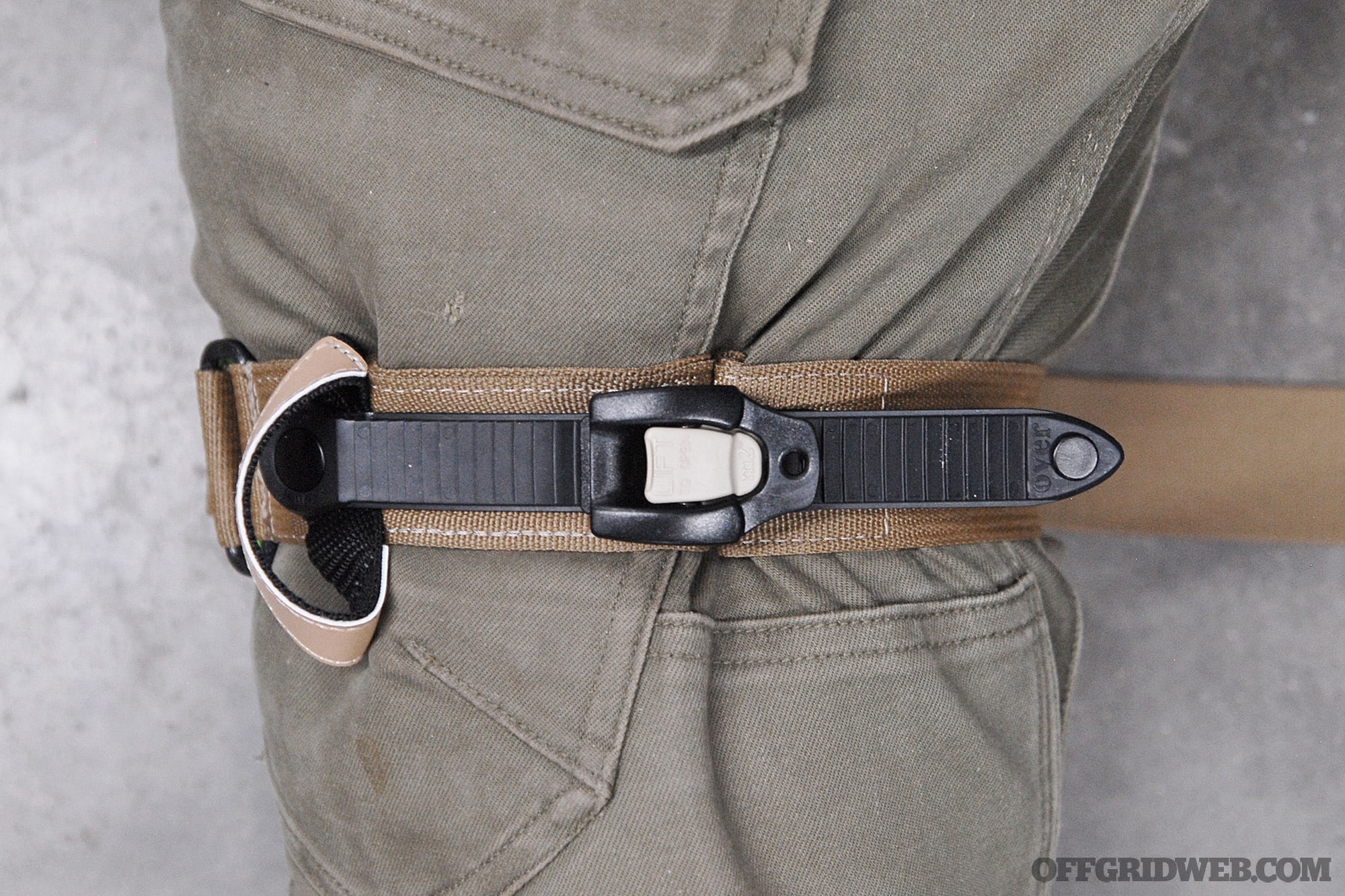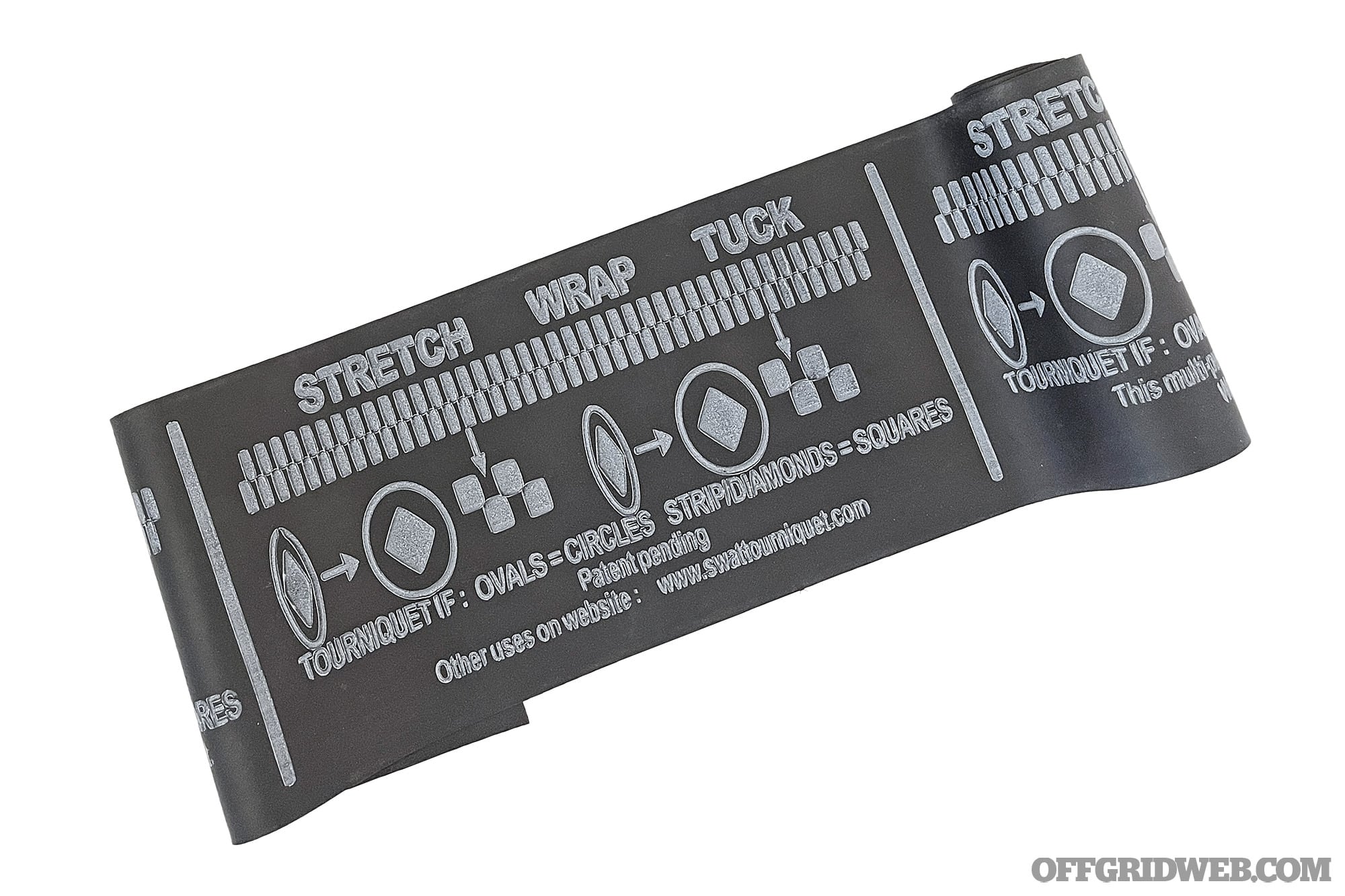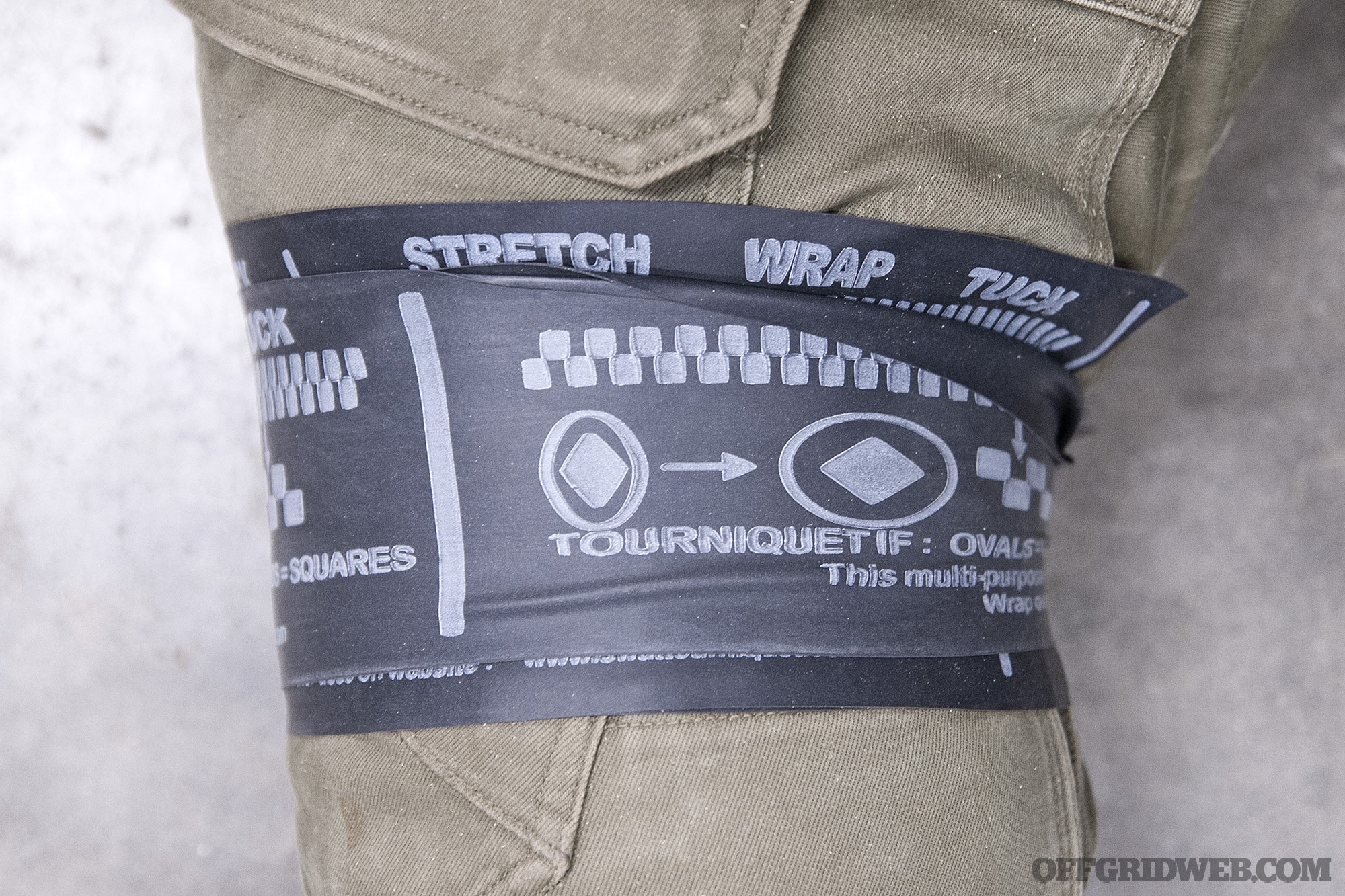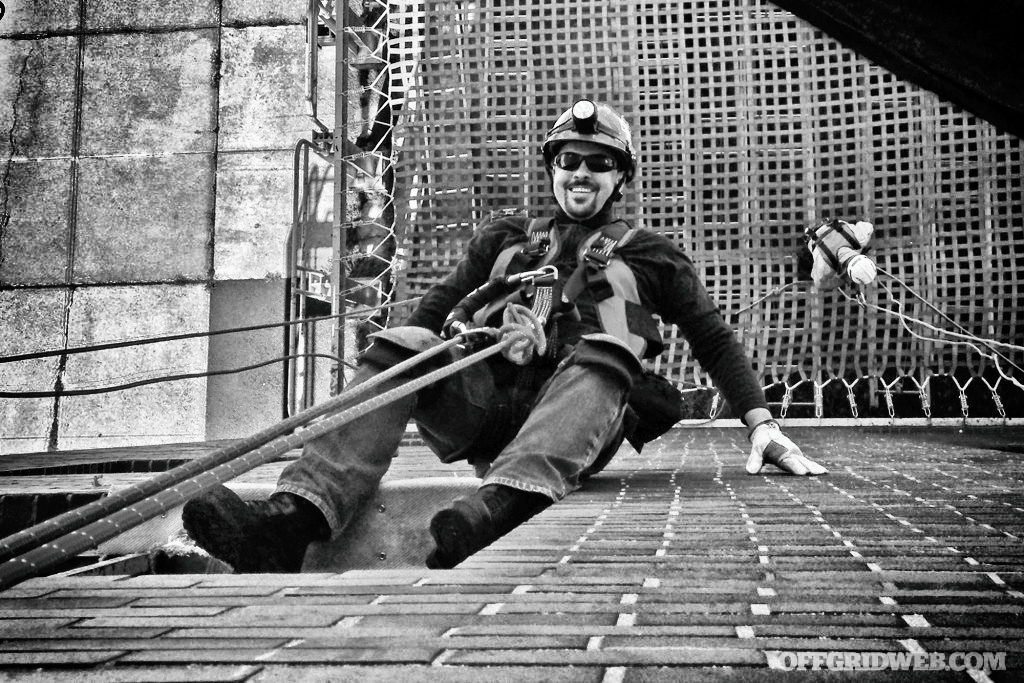In This Article
I love fishing, especially fly fishing, so it’s no surprise that I like to count it as one of my survival skills. I mean, who doesn’t have occasional fantasies of being able to bug out into the woods and live off the land? Depending on where you’re located, fishing certainly sounds like a great way to put food on the table. Of course, if you can’t pack the gear, you won’t have it. That’s why a plethora of “survival fishing” kits have been produced over the years, with some being solid and others being gimmicky as can be. Tenkara is a minimalist fishing method that’s surprisingly close to what most people envision when they think of “survival fishing.” Of course, this system does have some drawbacks, but they’re hardly unique to tenkara. In this article, we’ll discuss what tenkara is, the pros and cons, and some basic techniques.
What is Tenkara?
Tenkara is essentially a Japanese form of fly fishing, and both the gear and techniques have many similarities. For instance, both use a weighted fly line to cast a nearly weightless artificial dry fly. In modern tenkara and fly fishing, both the rods and lines are made from similar materials. However, tenkara hardware has many unique attributes that make it particularly suited to backpacking and survival fishing purposes.
Above: A tenkara rod can fit comfortably inside a typical 72-hour pack, such as this 5.11 Tactical AMP72.
The Equipment
The main piece of equipment in every style of fishing is the rod itself. Unlike western fly, spinner, or bait casting fishing, tenkara rods don’t use a reel to hold the line. Because the line attaches directly to the tip of the rod, there are no eyelets. The lack of eyelets allows the tenkara rod to telescope into itself. The collapsed footprint is much smaller than other telescoping fishing rods or multi-part rods, which friction-fit segments together.
The size and weight factor becomes clear when looking at a side-by-side comparison, such as between my Wetfly tenkara rod and my Orvis Recon 7-weight fly rod. The rod tubes only contain the rod. In the case of my fly rods, I still have to pack the reel separately.
Above: The tenkara rod is telescoping and fully retracts into itself.
The tenkara line is similar to a fly line. One key difference, however, is that it has a small segment of monofilament extending from the end, rather than being either bare or supplying a welded loop to attach a leader. This built-in “leader” is very short, making the use of tippet a necessity to attach flies to the line.
The tenkara line itself is also much shorter than a fly line, and unlike a fly line on a reel, there’s no backing. The advantage here is that it packs much smaller, but with the obvious disadvantage of reach. However, tenkara technique is built around the limited means of line management, so in practice this isn’t that big of a deal — especially in narrow, fast-moving water such as smaller trout streams.
At the tip of the tenkara rod is a small string, which is used to attach the welded loop on the tenkara line. This can be done with a simple clinch knot that all fishermen know and can be undone when packing up.
Above: A typical tenkara line has a welded loop to attach to the rod and a piece of monofilament coming out of the end. Here you also see the loop from the monofilament for attaching tippet.
Another key advantage that the properties of tenkara gear provide is that there are fewer parts that might break or need maintenance. In a prolonged, grid-down scenario, for instance, a broken eyelet on your rod or a broken mechanism in a reel isn’t going to be easily repaired or replaced.
Tenkara equipment is also much cheaper than fly fishing gear. The higher-end Tenkara USA gear can come in at around $250 for a full kit, whereas my Orvis setup (toward the high-midrange) was about $750. My Wetfly tenkara rod cost only $99 when I got it, although the same model is now going for $125 at time of writing.
Above: A simple clinch knot with about five twists is all it takes to attach the line to the rod tip. The knot can be easily undone later to break down the rig.
While there’s fishing gear available at all price points, there’s no need to go all-out. My very budget-conscious tenkara rig has caught some nice fish, from Wyoming to Texas.
The Techniques
Above: The first fish I ever caught on tenkara was this cutthroat trout on the Snake River in Wyoming, just below the dam in Grand Teton National Park.
In a lot of ways, tenkara fishing is like fly fishing, but there are some differences. The lack of the reel, for instance, means you can’t strip line, so working streamers or poppers like you may be used to is pretty much out. The shorter line attached to the tip means you’re not going to be shooting line like you would with a fly rod, either.
The tenkara cast is unique as well, with many experts teaching a short, forearm-based cast with more play in the wrist, as opposed to a classic fly cast. This makes it ideal for narrow streams or areas with decent tree cover, such as many of the streams I fish in central Texas. However, I’ve found that tenkara works well with a roll cast as well. Additionally, I’ve used tenkara gear to teach a fly cast to my elementary school-aged daughter.
Above: Small wrist adjustments are all it takes to move the rod tip and give action to the fly. Here, we see a bank beetle gently creating ripples on the water to attract fish.
So, what are the key techniques that lead to success with tenkara fishing?
The first is dead drifting. Casting the fly upstream in moving water and having it float downstream toward the waiting fish, simulating a dead insect on top of the water. While by no means a tenkara-specific technique (I’ve caught some pretty beefy brown trout on traditional fly gear while dead drifting), the way the line is attached to the tenkara rod, as well as how it floats, combine to make this technique feel natural.
Similar to dead drifting is pausing. In this technique, you cast upstream and float the fly into an area where you think — or know — the fish are and then pause to give the fish a chance to strike. You then pull the fly and recast, or let the fly go to another spot downstream and pause again first.
Pulling the fly allows you to work a fly somewhat like a streamer, however, rather than stripping the line you’re working the rod tip.
Above: The rod tip is up, letting the line come down at a 90-degree angle into the water, which is about 8 feet below me here. Gently move the rod to create up-and-down motion of the fly on top of the water.
An iconic tenkara technique is pulsing, where you hold the rod tip high and bob the fly up and down in place to entice the fish.
Tenkara purists are also more likely to change techniques up before changing flies, unlike Western-style fly anglers. Sometimes you need to match the hatch and sometimes you need to work the fly right, so keeping both approaches in your mind will help get bites.
Above: Casting the fly out and letting the water take it down stream as if it was a dead bug is what dead drifting is all about. That was enough to entice this hungry bluegill.
What About “Survival” Fishing Kits?
The market is stuffed to the gills with kits of various quality and composition claiming to be for “survival” purposes. These range from new-style “survival cards” to old-school military survival kits that come with a bit of fishing line and some hooks. So, why would someone choose to carry tenkara equipment rather than one of these “survival” fishing rigs?
Above: Some “survival fishing” setups, like this Ka-Bar, are more gimmicky than practical. For me, setting the hook without the leverage of a rod is the main challenge.
First of all, let’s talk about effectiveness of the equipment. One of the “survival fishing” setups that I tried recently is the Ka-Bar Backpacker Caster, which provides a way to spool a good amount of monofilament and to hold a few lures (and maybe some sinkers and floats) in a polymer handle designed to look like their famous combat and survival knives. The compact, self-contained nature of the design appealed to me, and it cost about $20 when I bought it.
Using it, I found that both casting and setting the hook were very difficult, even though I was able to get bites. I chalk this up to the lack of rod. The rod essentially is a lever, which allows you mechanical advantage when both casting a lure and in setting the hook in the fish’s mouth. Using this tool was essentially glorified hand lining. I wasn’t able to land a single fish, no matter how many bites I got. If I needed them for my dinner, I’d be in trouble.
Above: Tenkara rods pack down much smaller than typical fly rods, and the tubes are much smaller as well. This Wetfly is about a third as big as the Orvis rod tube.
Of course, my lack of success could just be due to my lack of practice. But that leads us to another advantage of tenkara — it’s enjoyable on its own, which means you’re likely to take it out to fish on purpose, rather than having it in the bottom of your bug-out bag “just in case.”
You wouldn’t buy a .38 revolver, never practice with it, and then assume you’d be good to go if you were attacked in the parking lot one night, would you? So, why would you assume that you’d be putting food on the table with a “survival fishing kit” that you’ve never used, and which is likely incomplete?
By incomplete, I’m referring back to the lack of a pole I mentioned earlier. I’ve caught many a fish as a kid using line tied to a stick, but the stick is key. There are many trees, such as willow, which provide branches that have similar properties to a tenkara rod. So, even if you were in a prolonged grid-down or survival situation and the tenkara rod broke, you could fashion a replacement that still allows you to leverage the skills and techniques you’ve built up over time, practicing with the equipment for the pure joy of fishing.
Final Thoughts
Above: This green sunfish was caught with tenkara and a Chernobyl ant fly pattern, just north of Austin, Texas.
To sum it up, tenkara provides an excellent choice for a cost-effective low-profile, resilient, fishing kit for use by backpackers who want to reduce weight, people looking for something to keep in a bug-out or bail-out bag/truck box, or anglers who are looking for something familiar but with new challenges.
Anyone already familiar with fly fishing will pick up tenkara quickly. If you’ve never fly fished, or you’re trying to train children without the distraction of dealing with reels and line management, then tenkara is an excellent place to start. It’s enjoyable enough that you’ll want to spend the time to master the equipment and skills, increasing your effectiveness and reducing frustration if you suddenly find yourself relying on your catch to feed yourself and your family. Tenkara is definitely worth adding to your inventory and skill set.
Above: I generally keep my tenkara rod and a small pouch with the line and flies in a Plano box in my truck, where I keep my roadside and emergency equipment as well.

